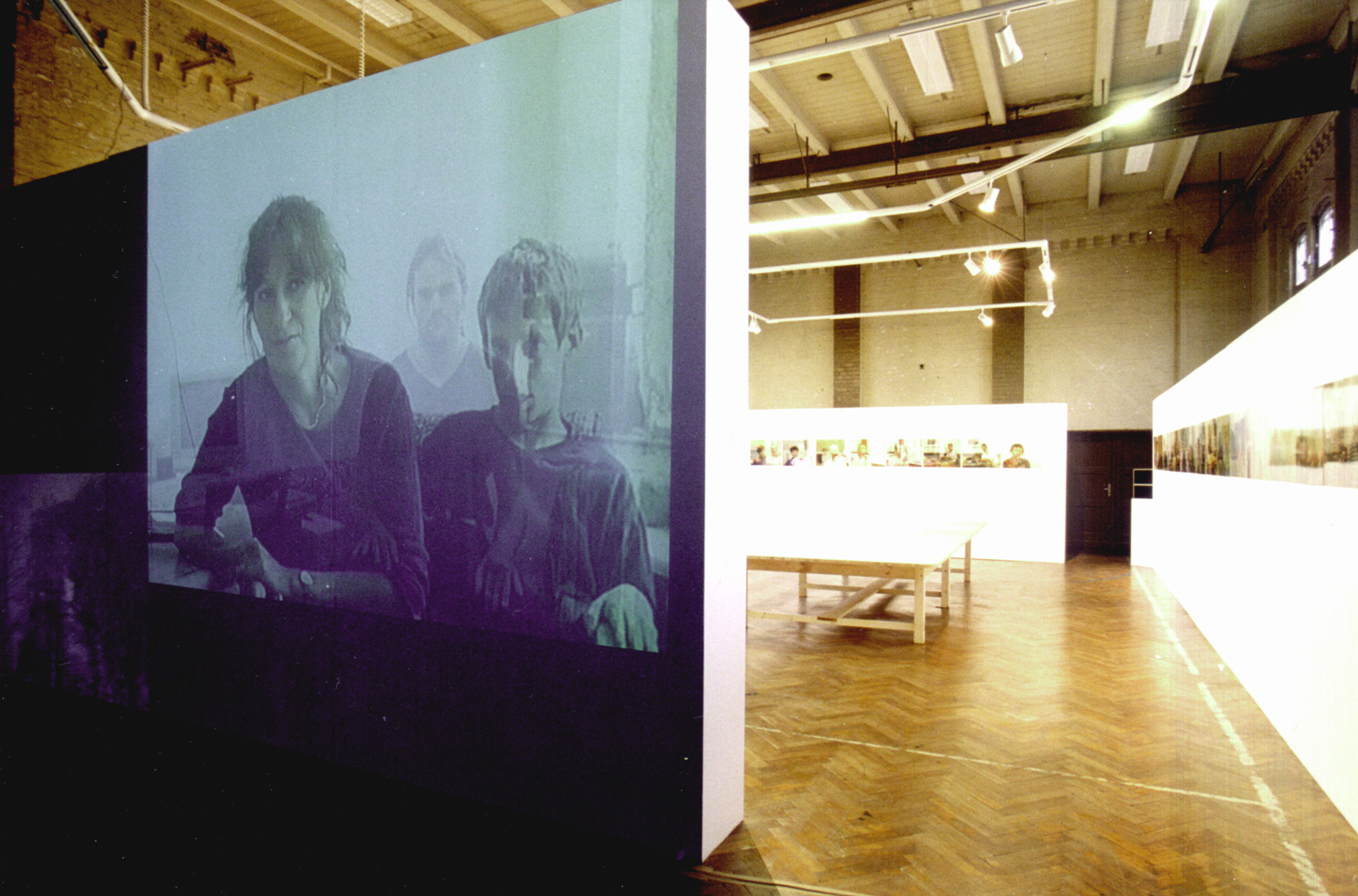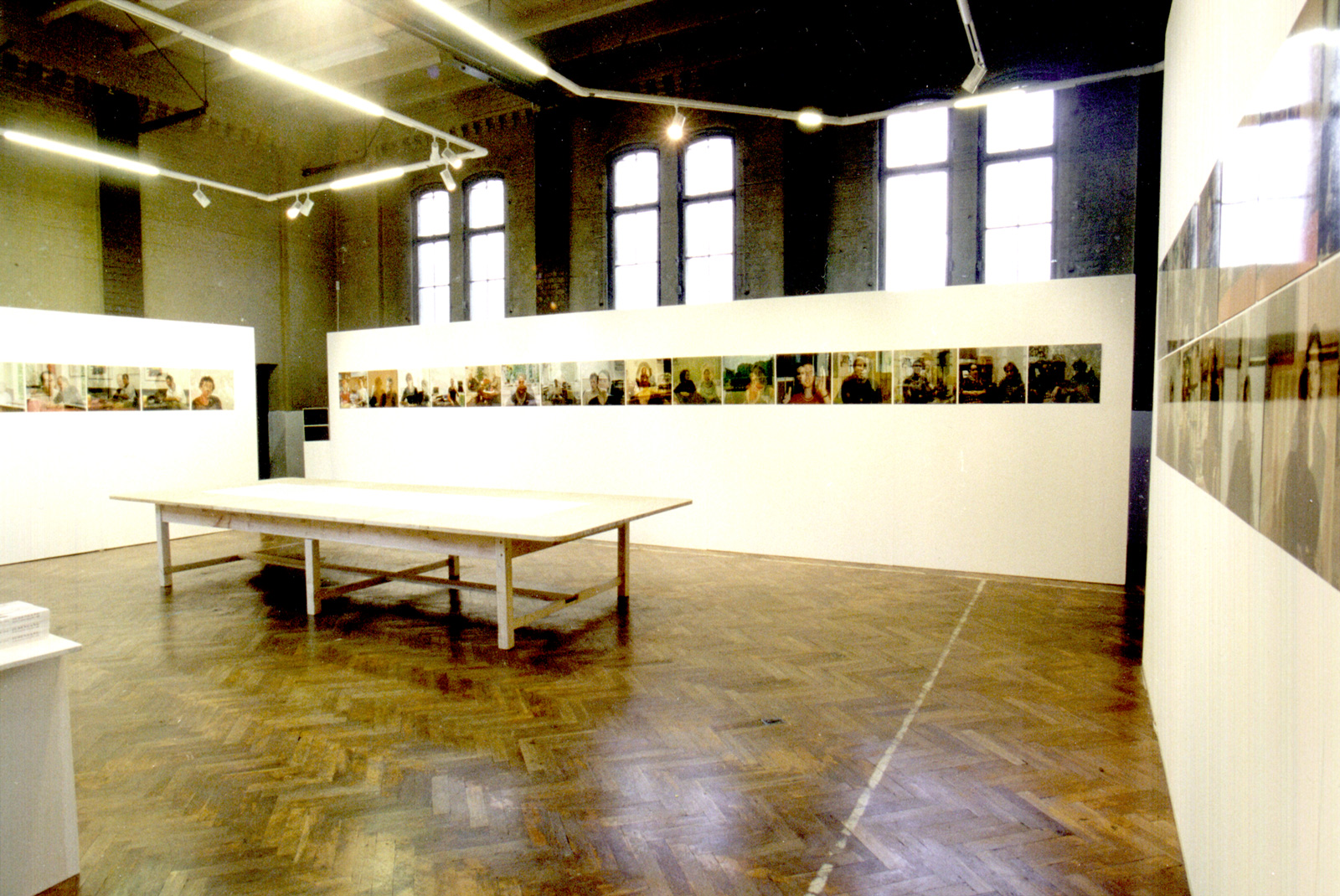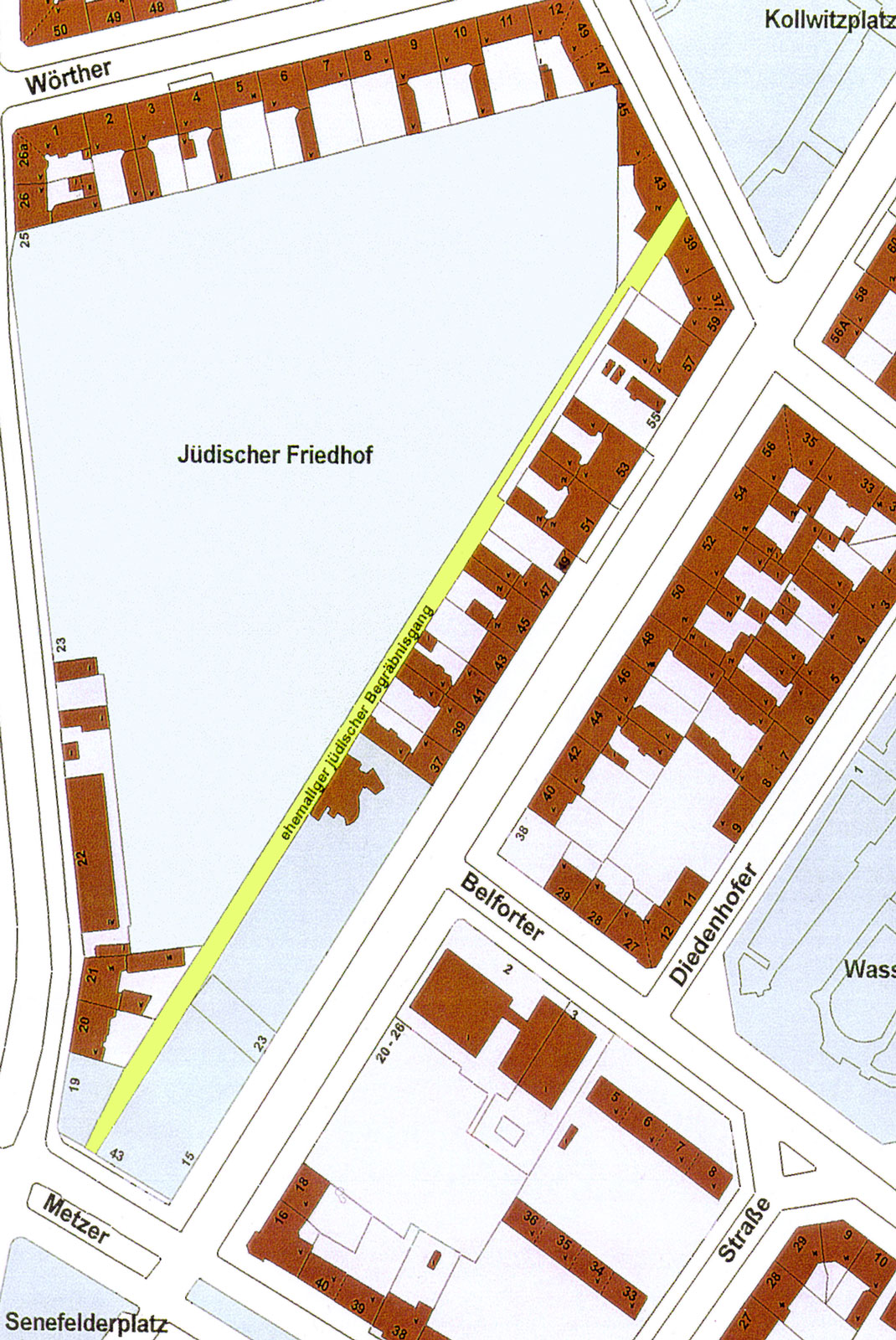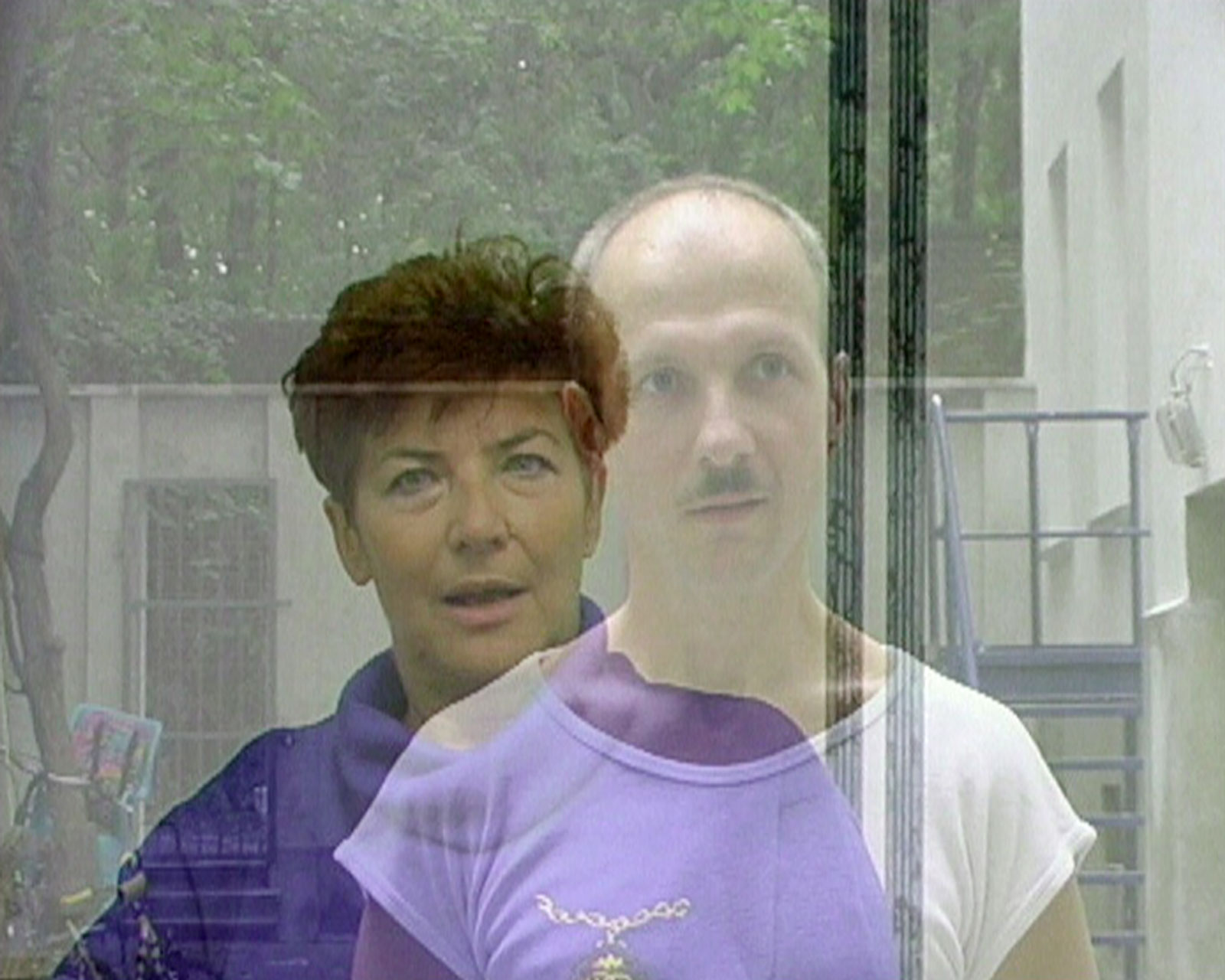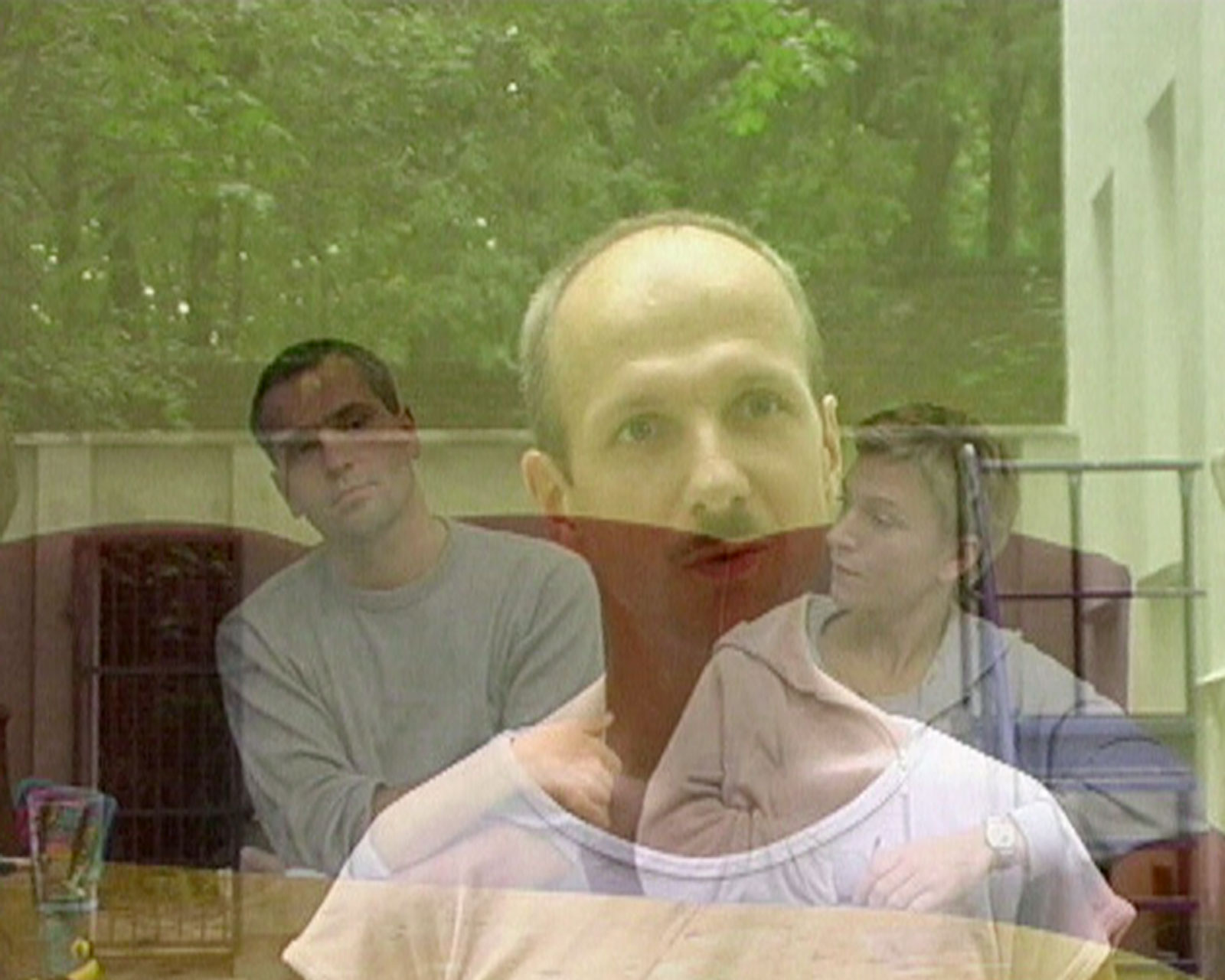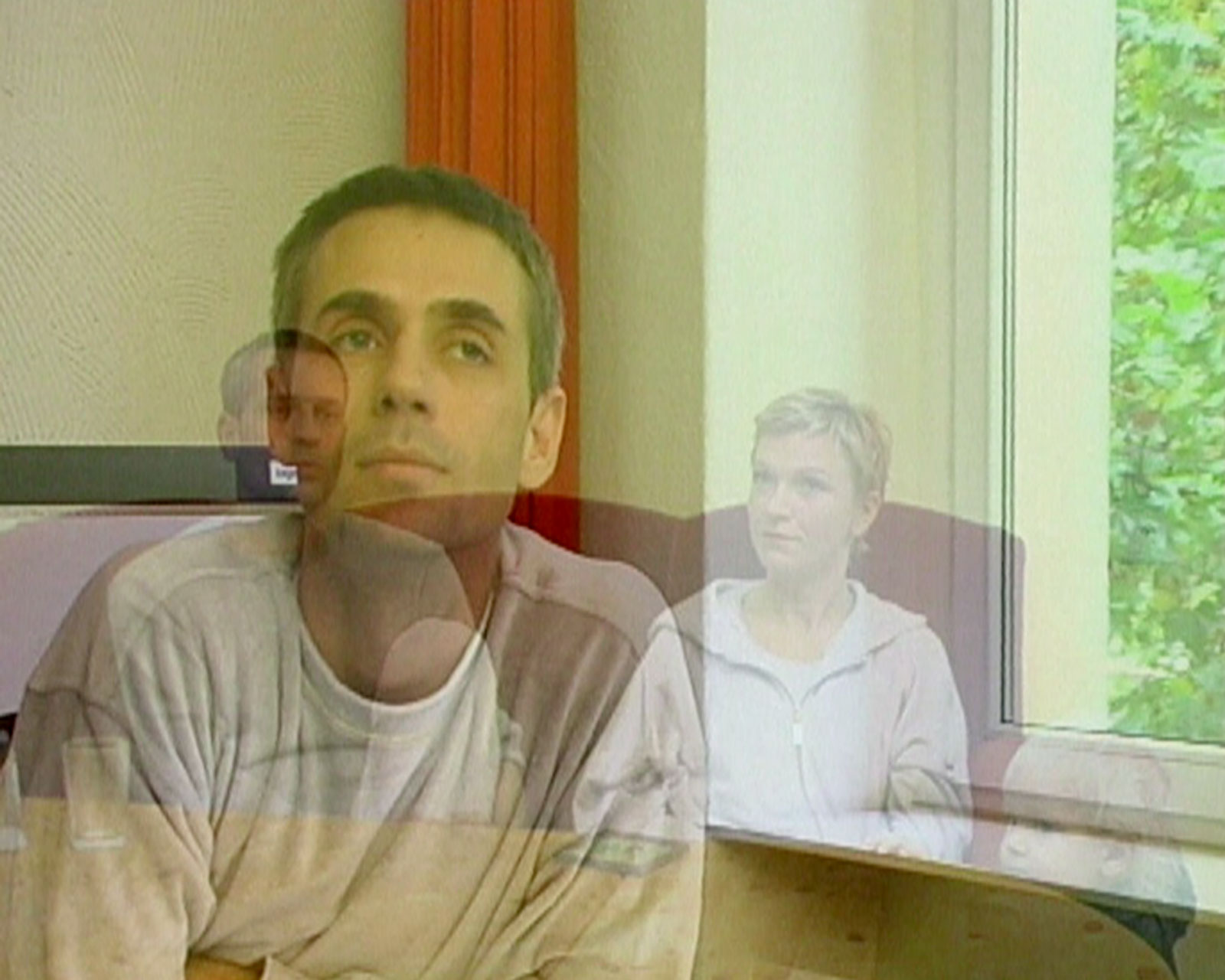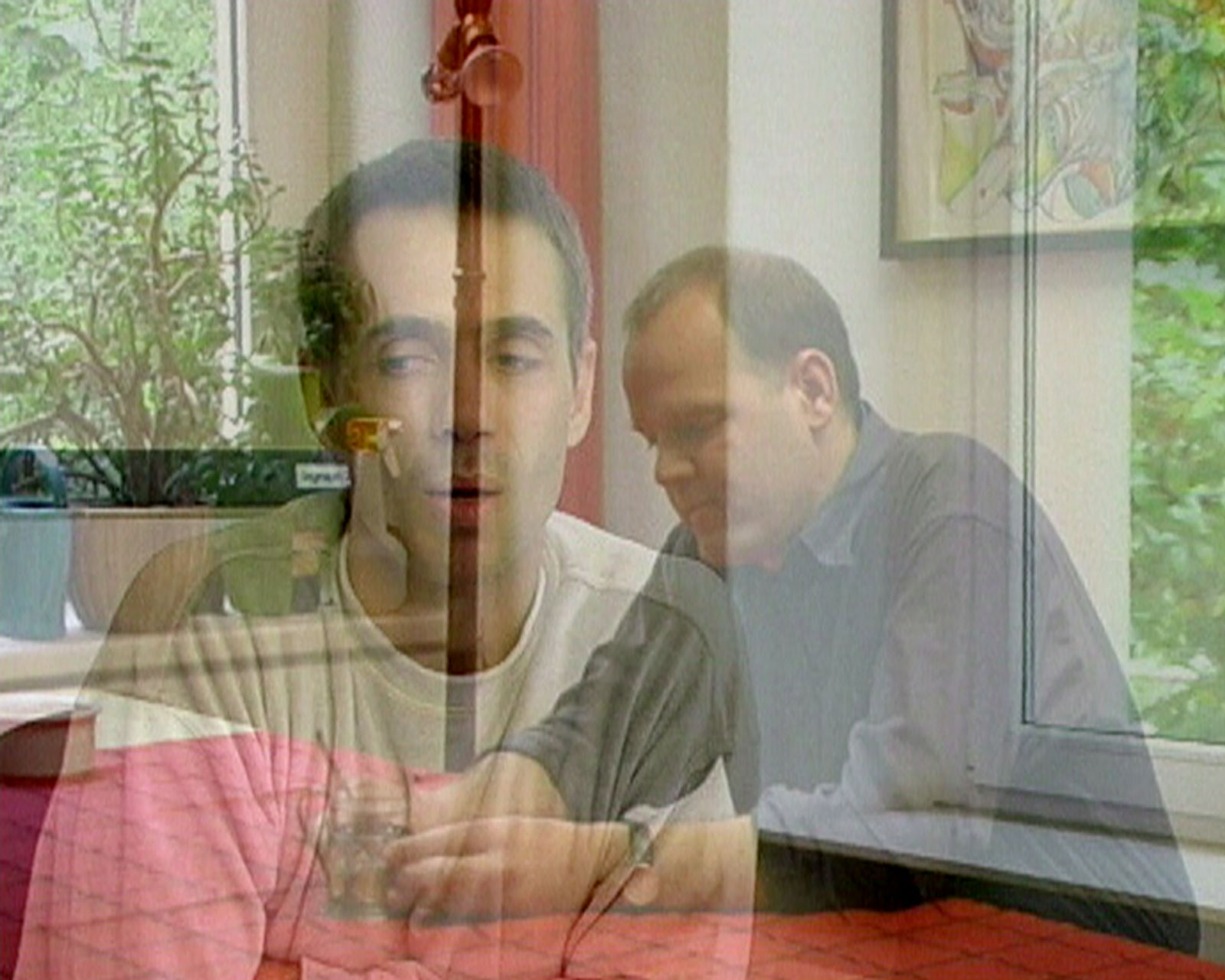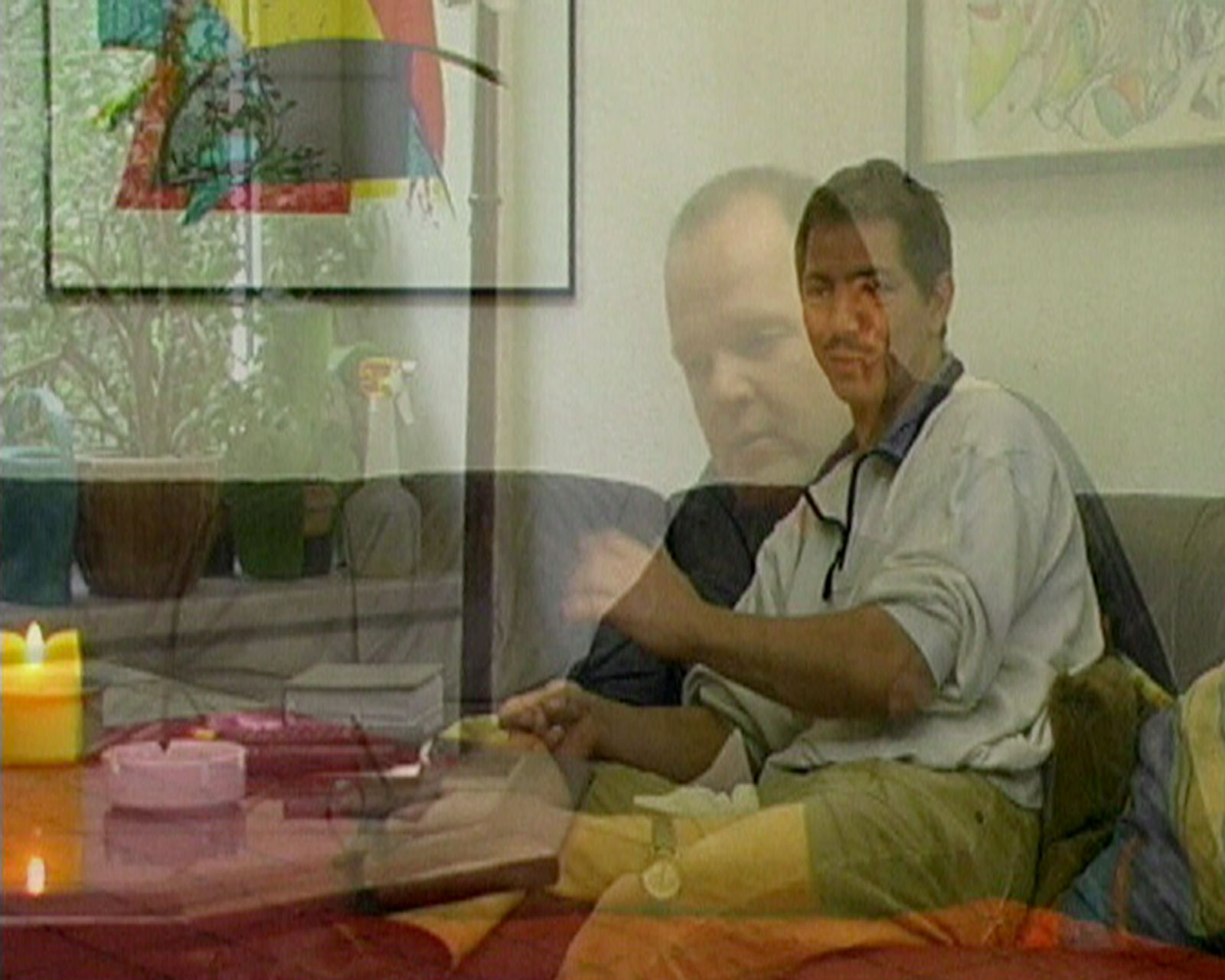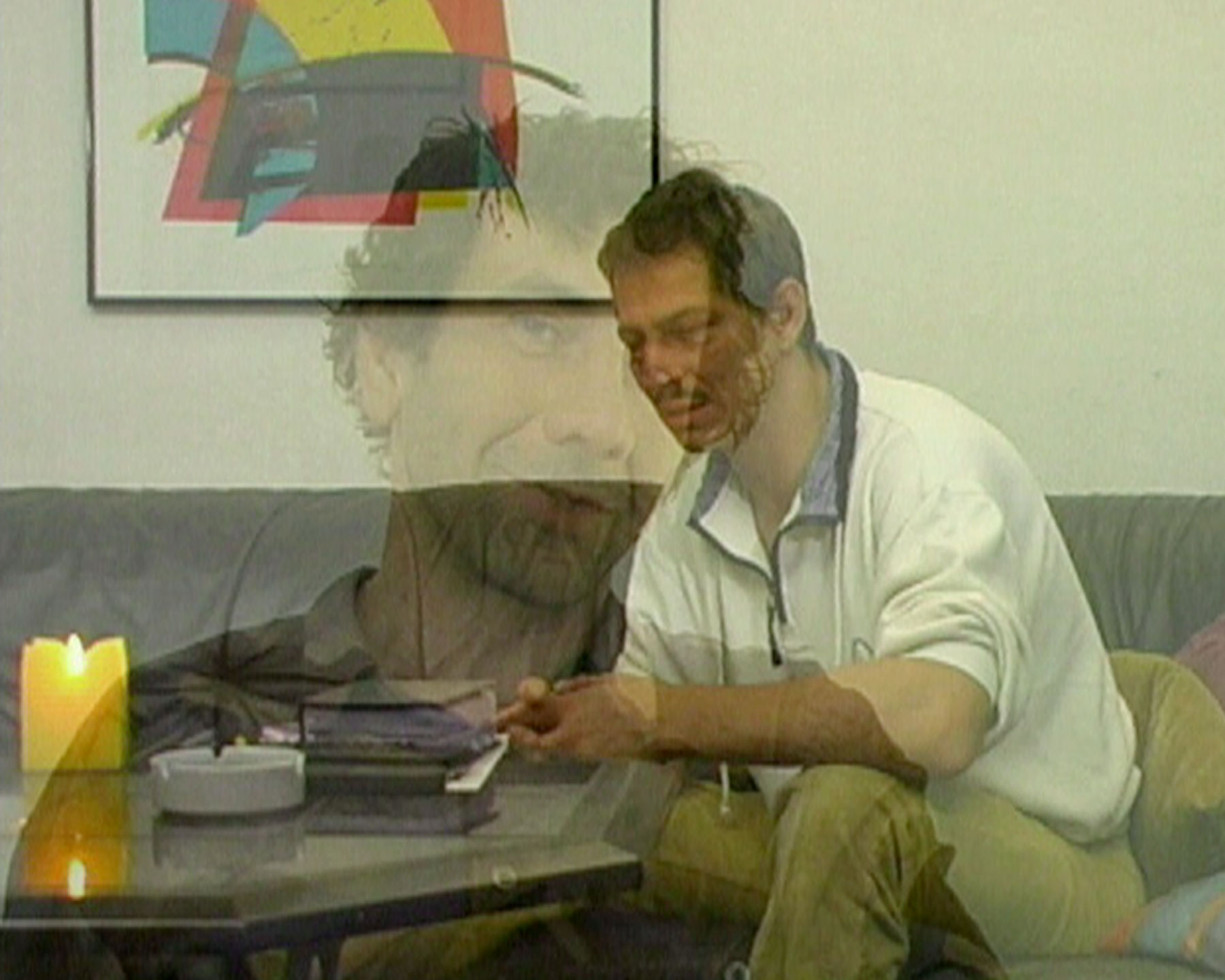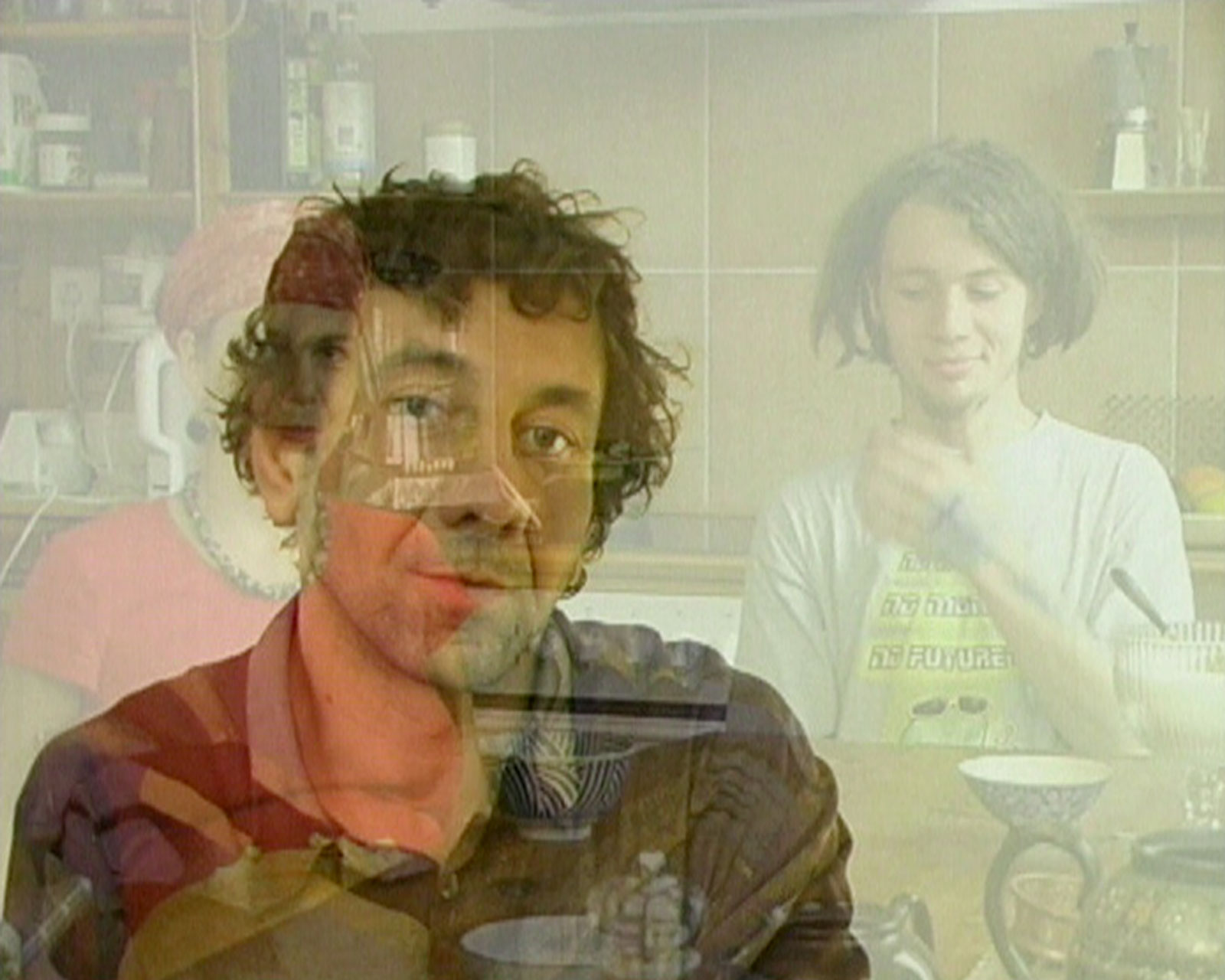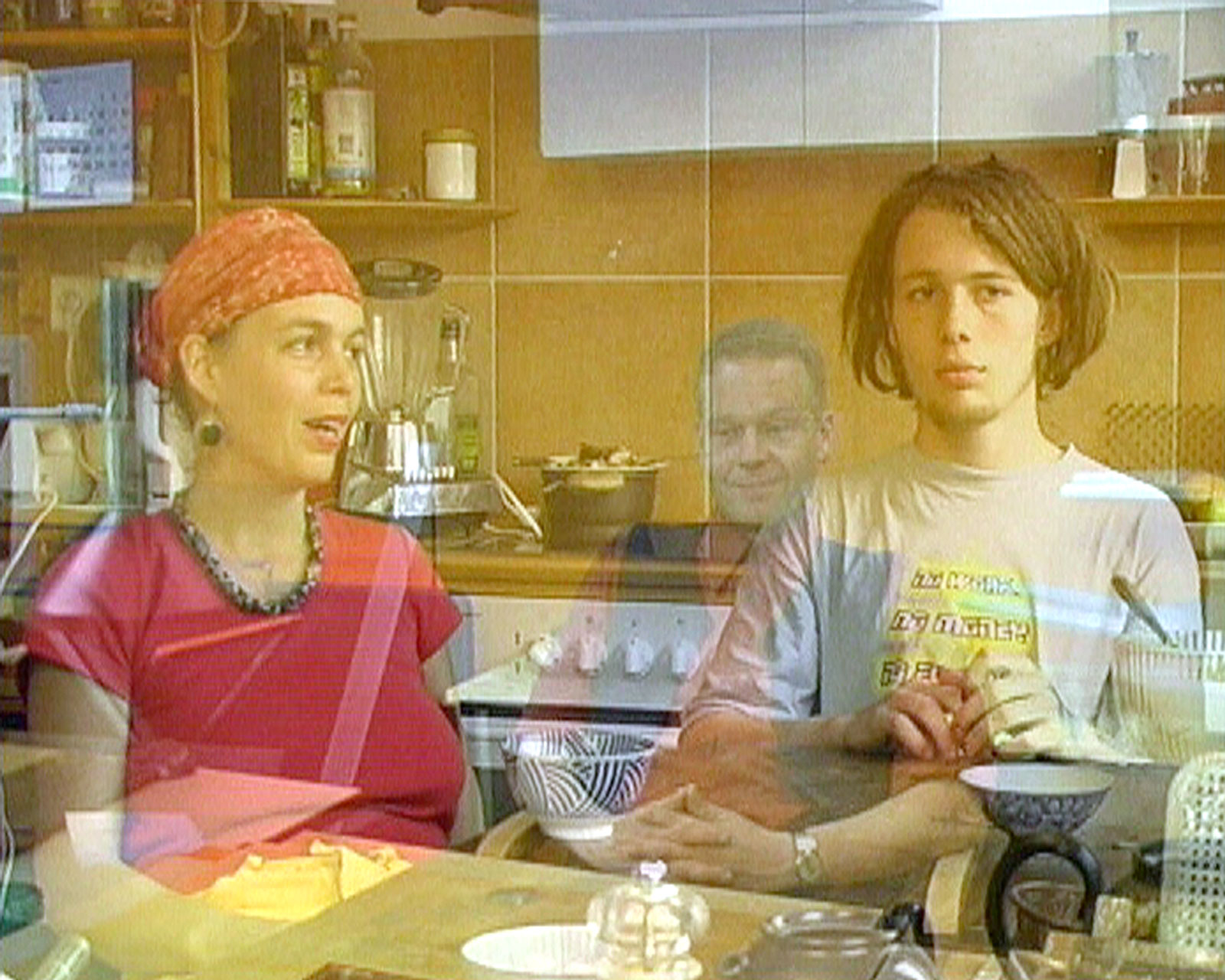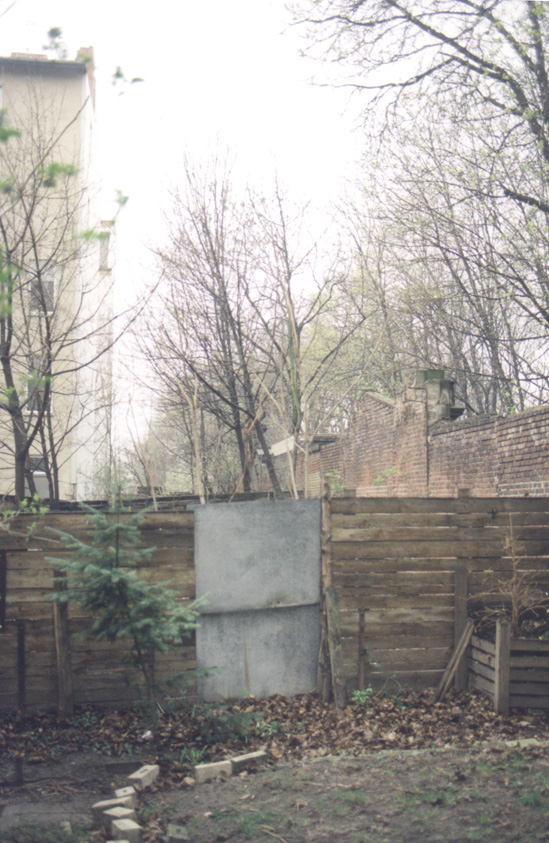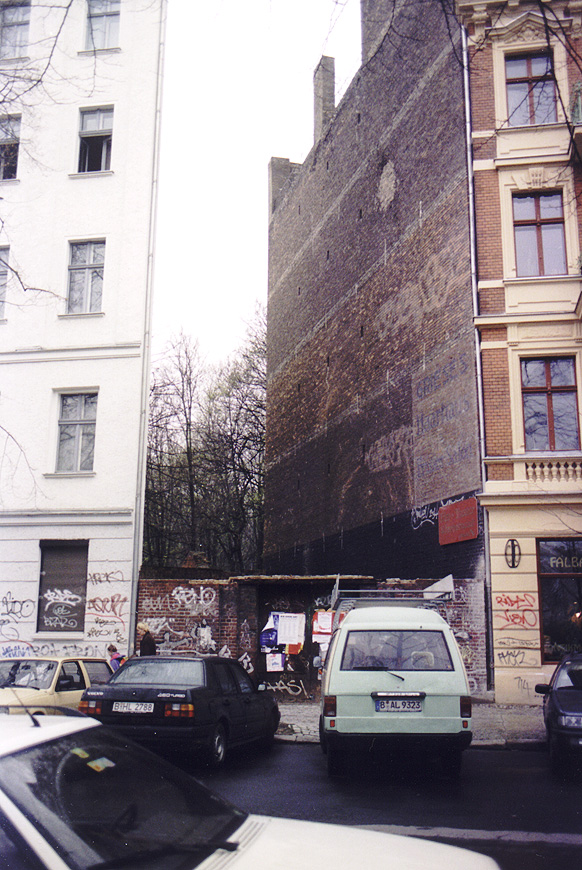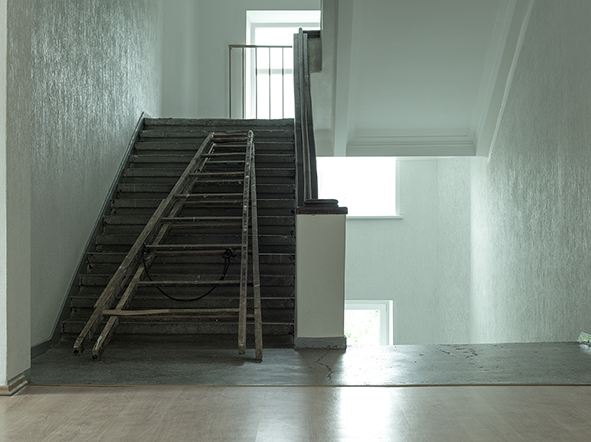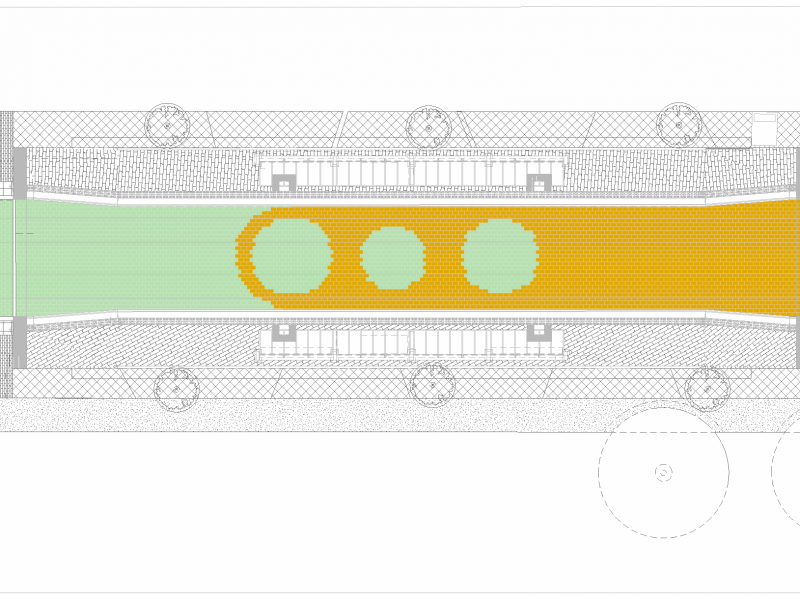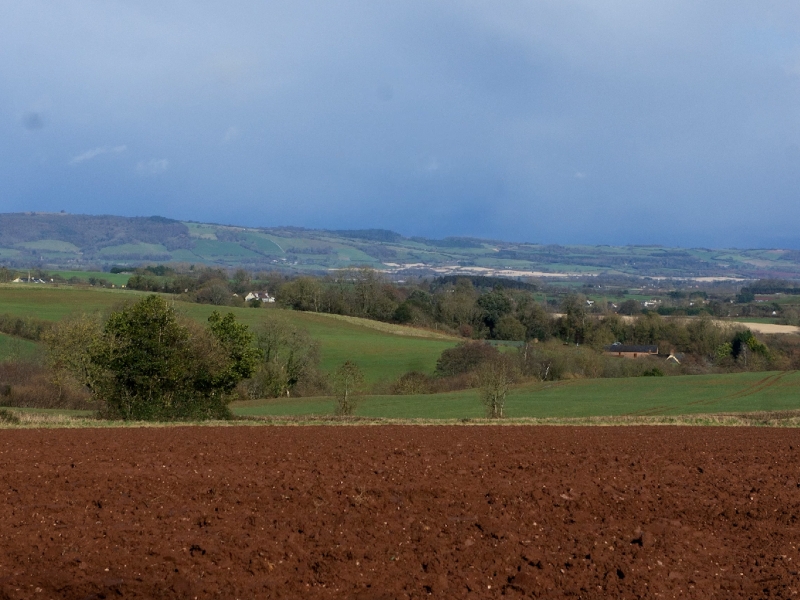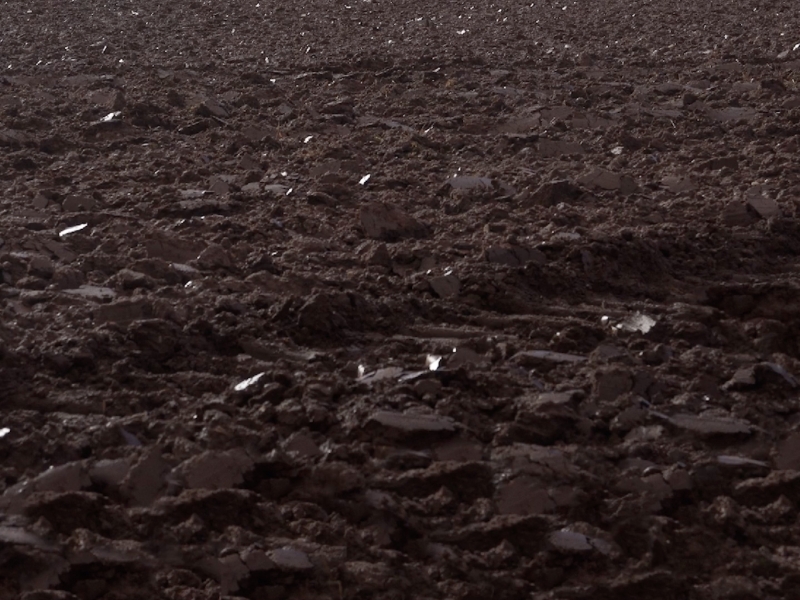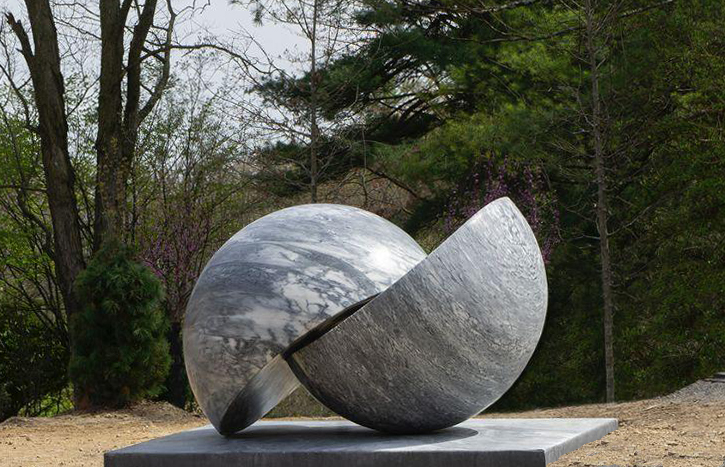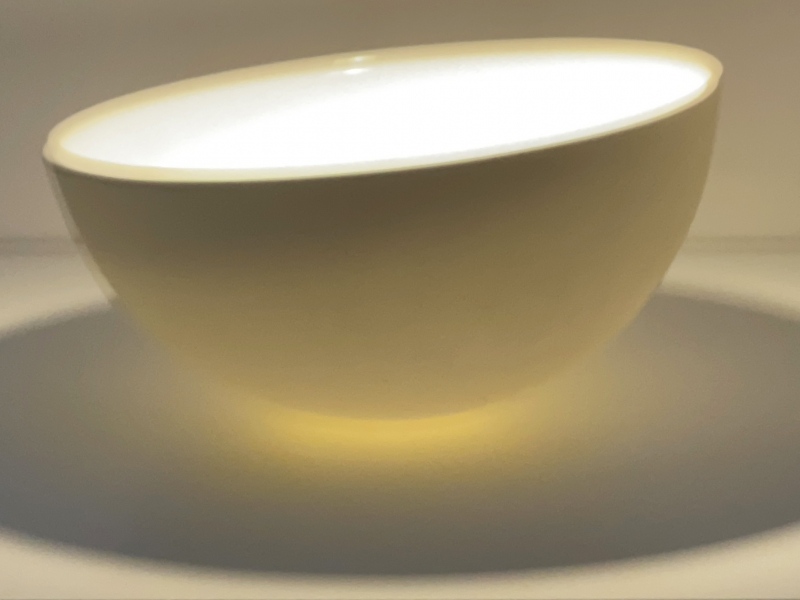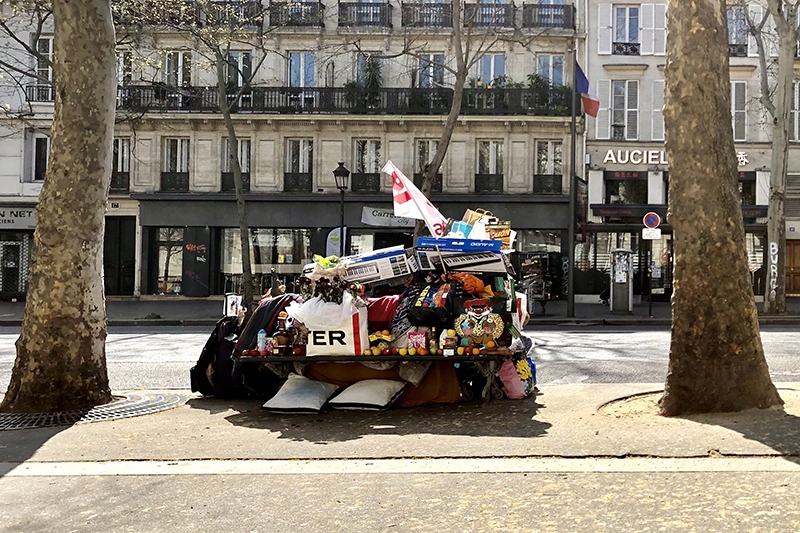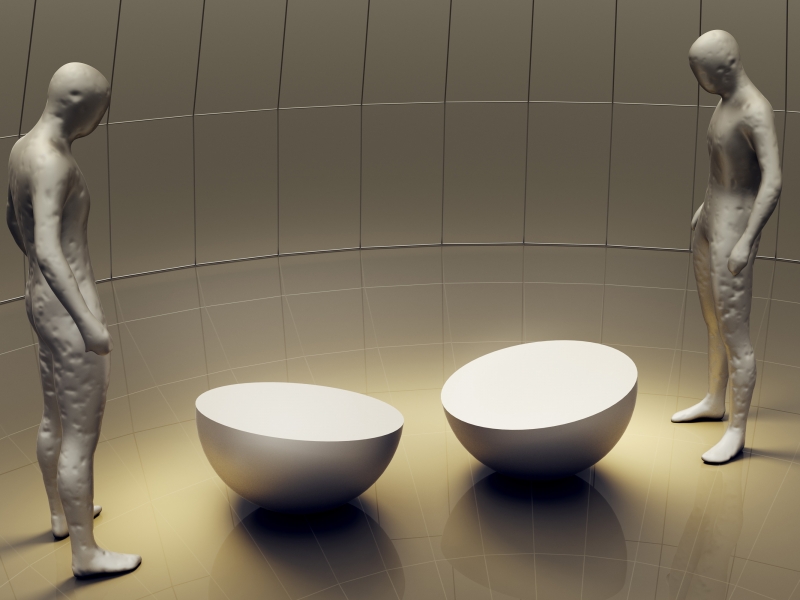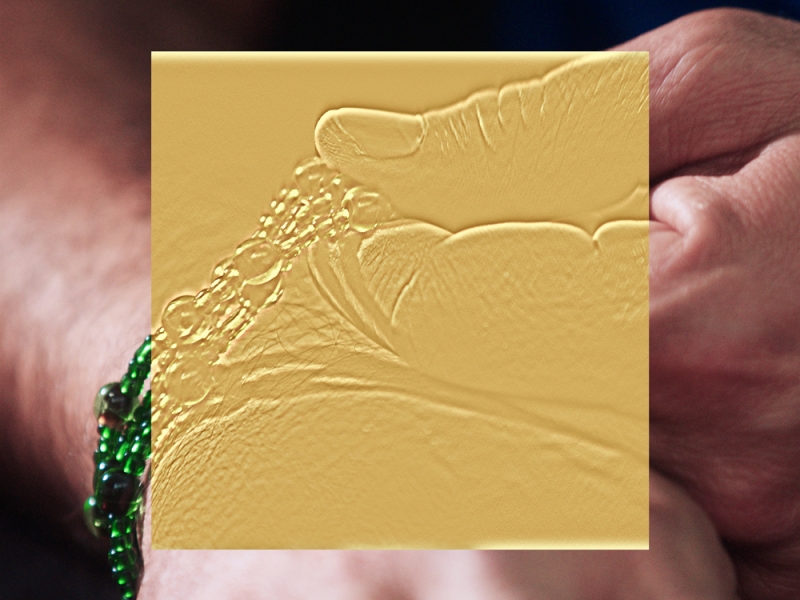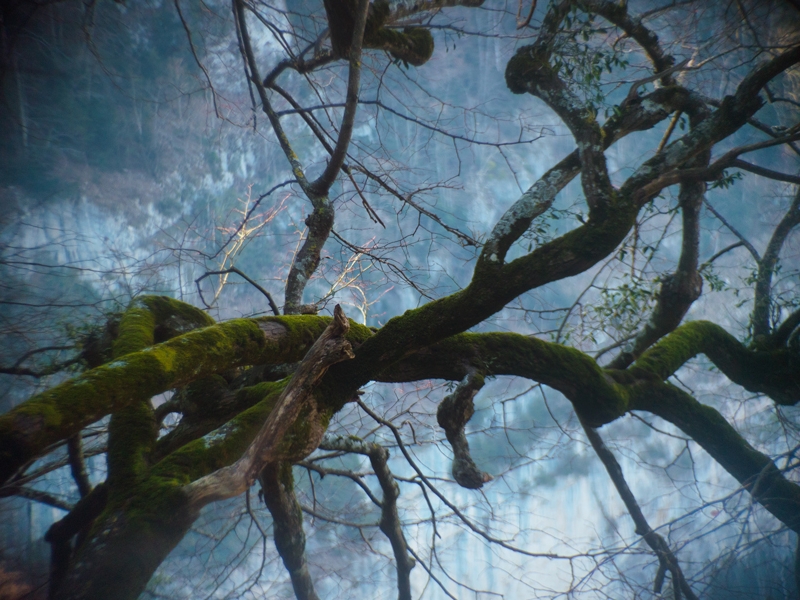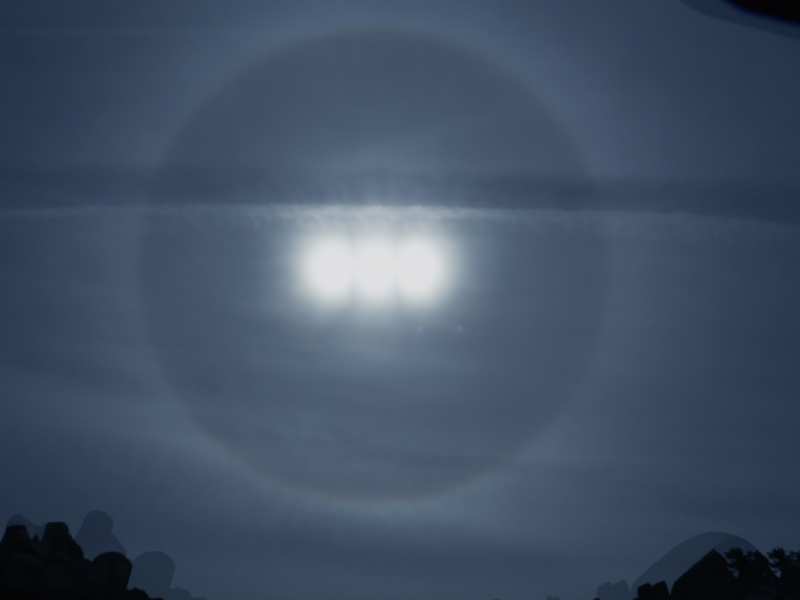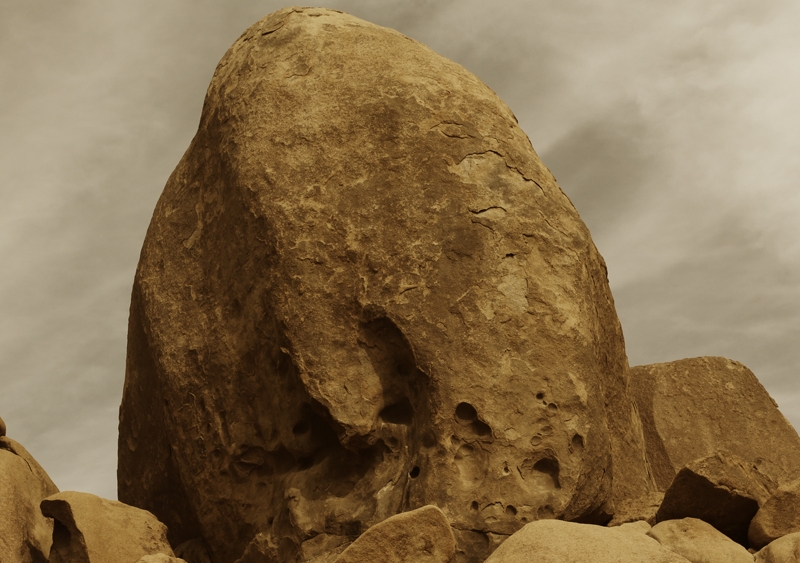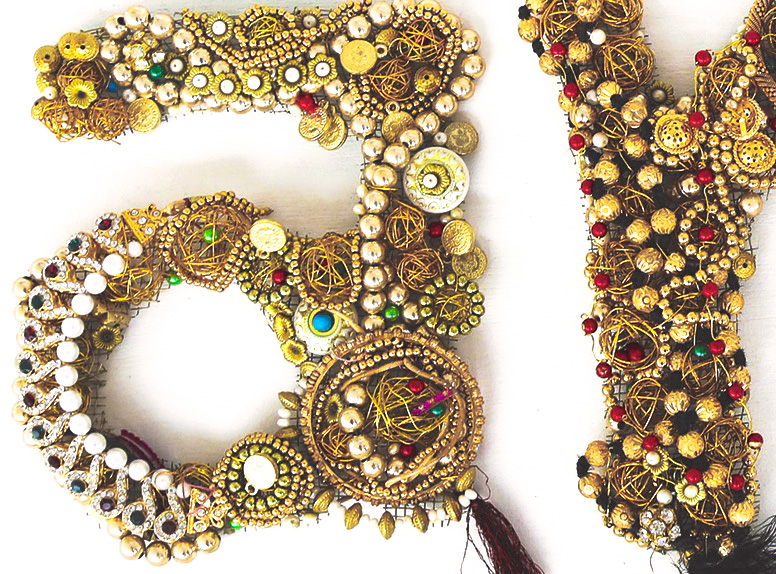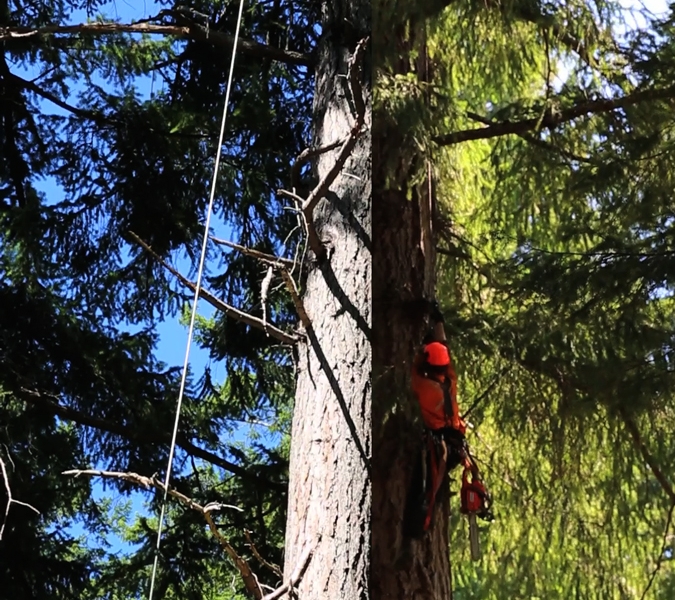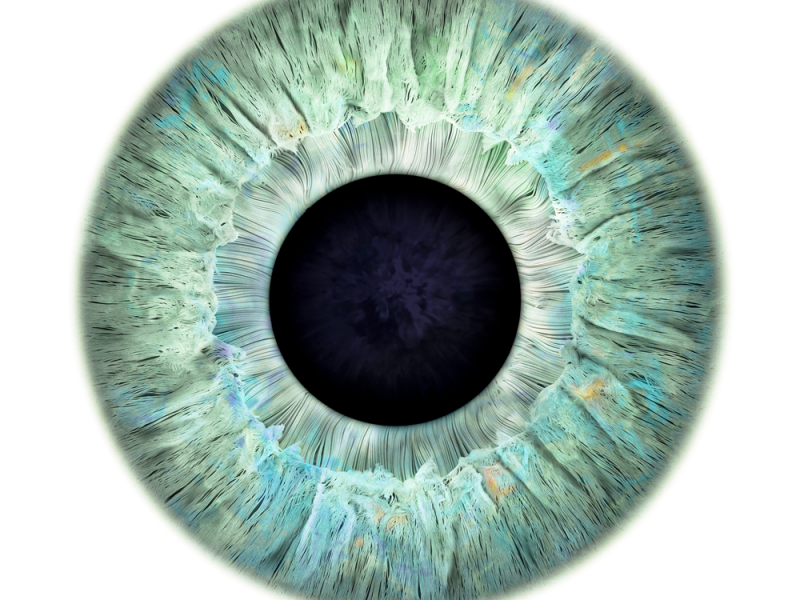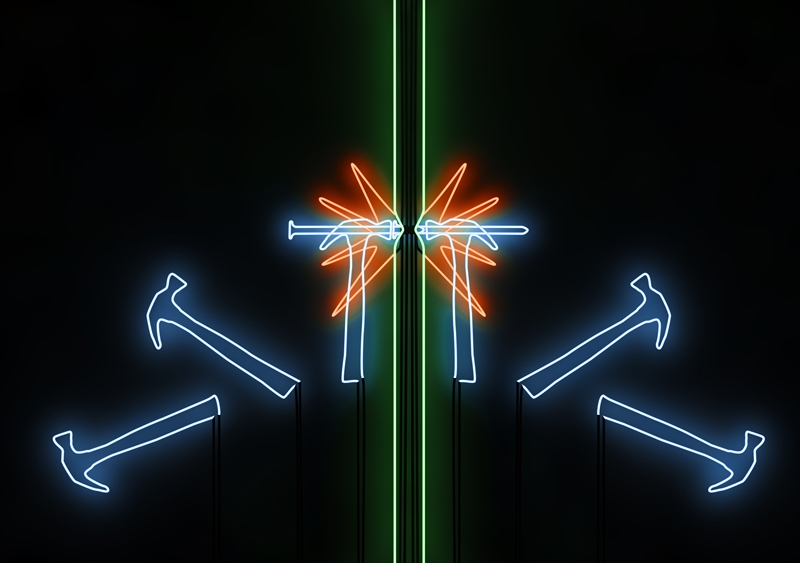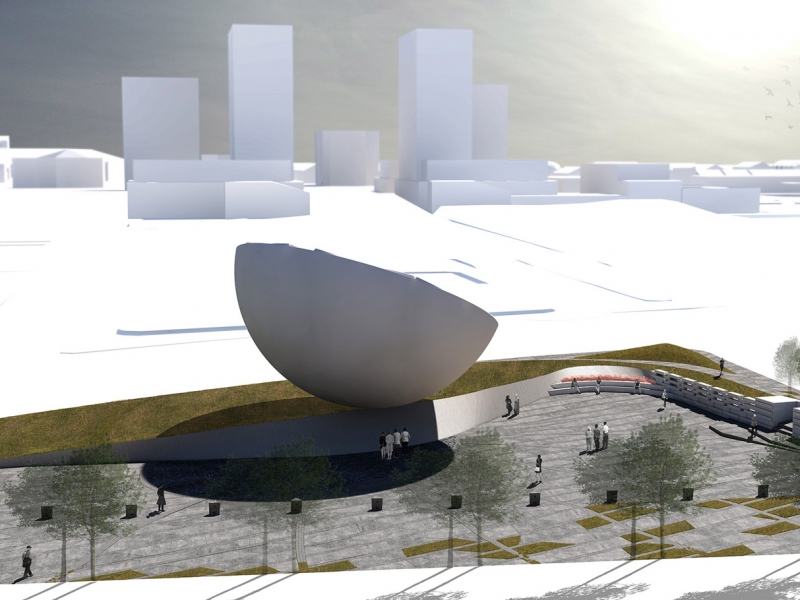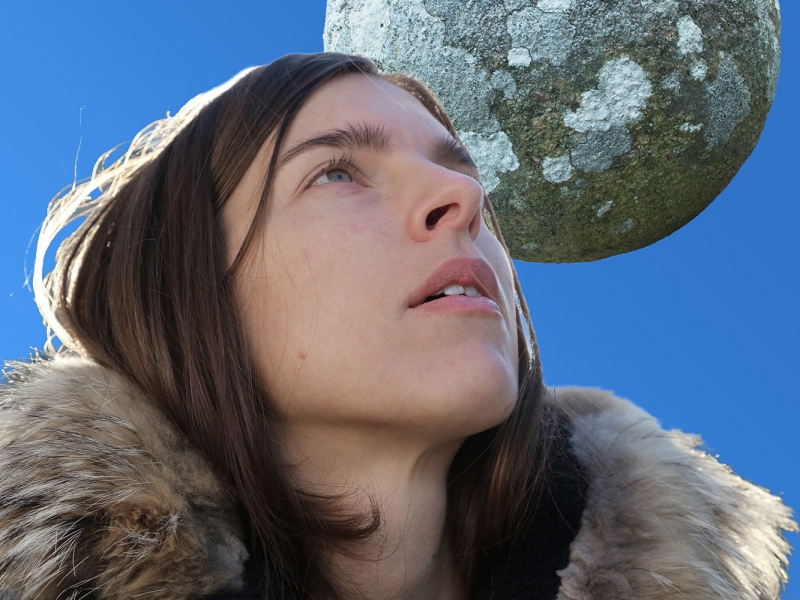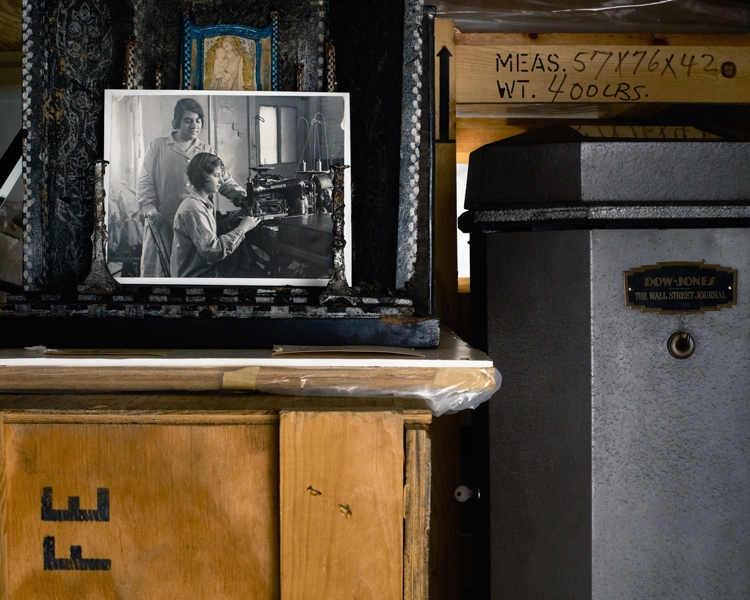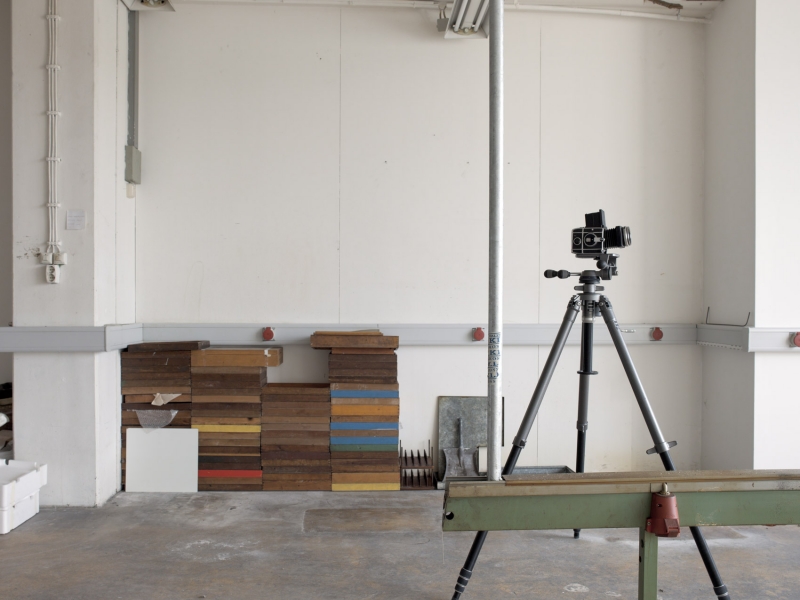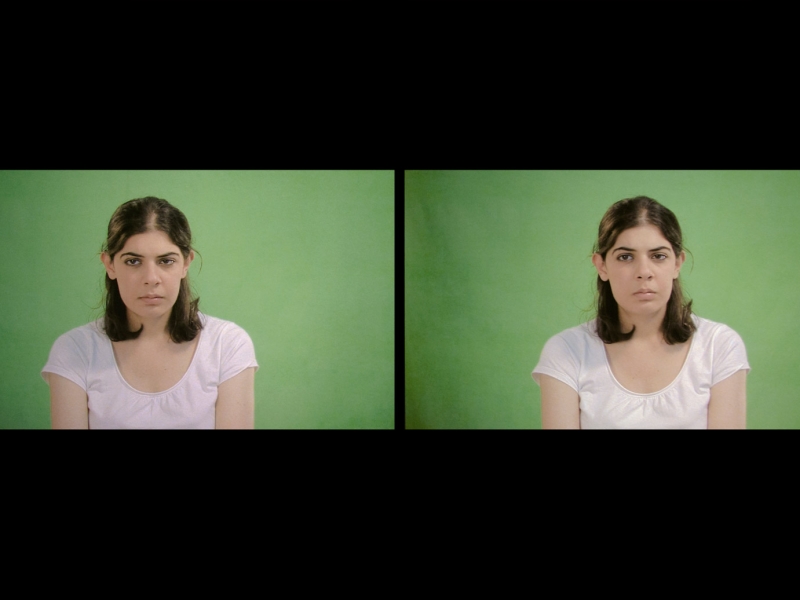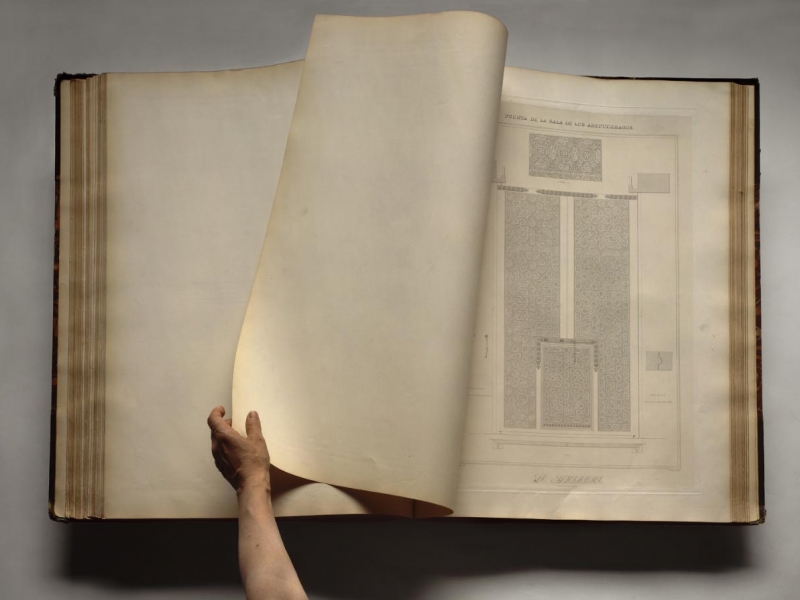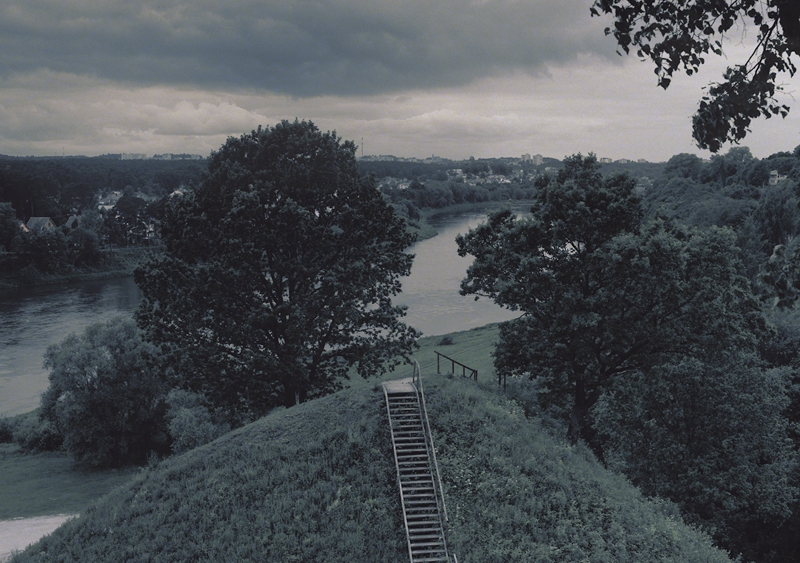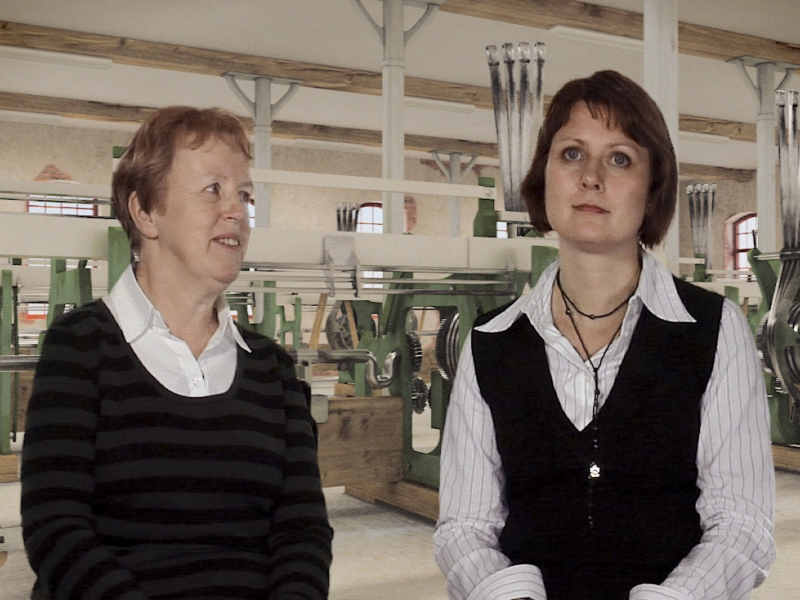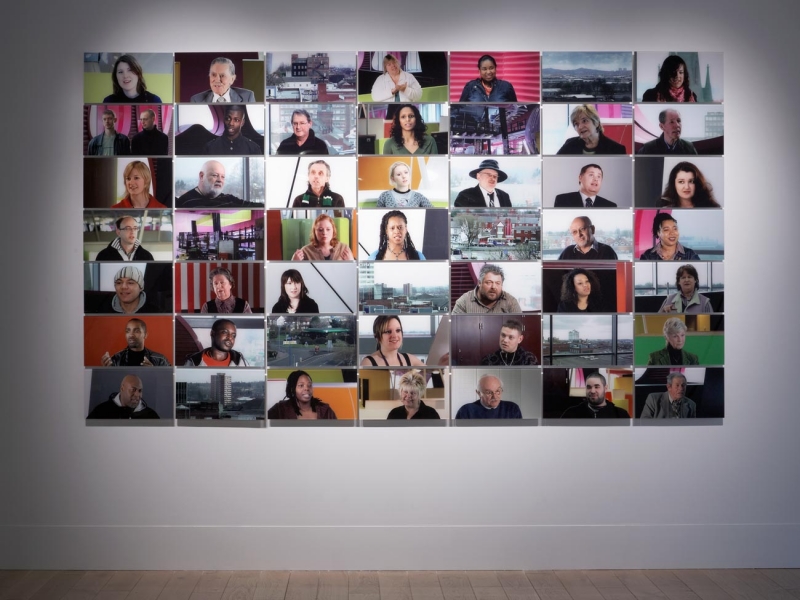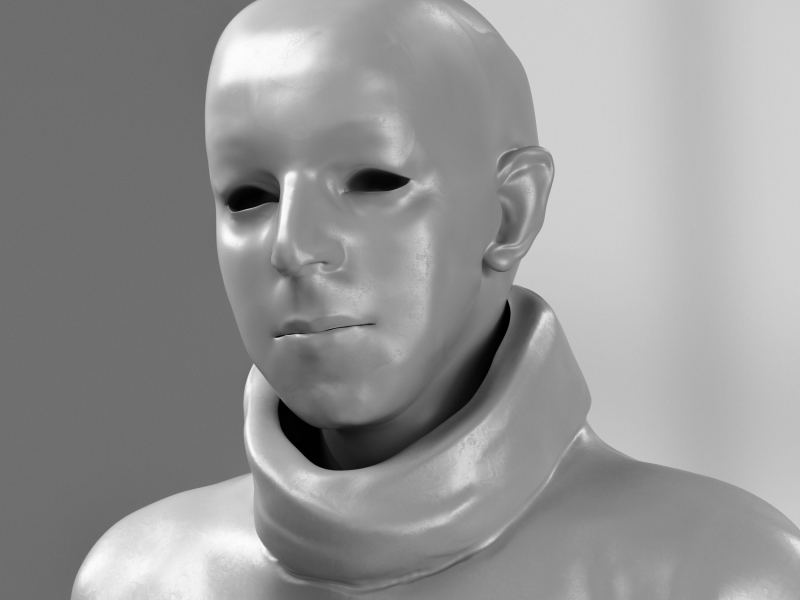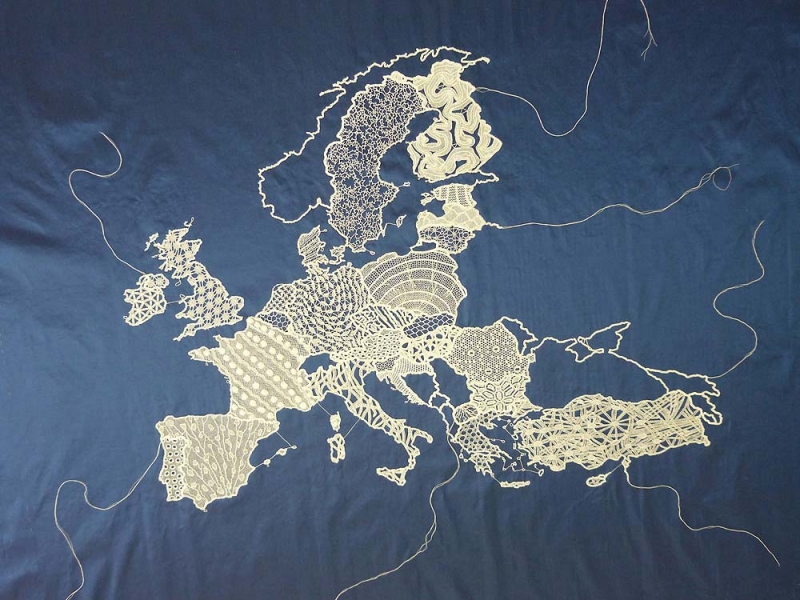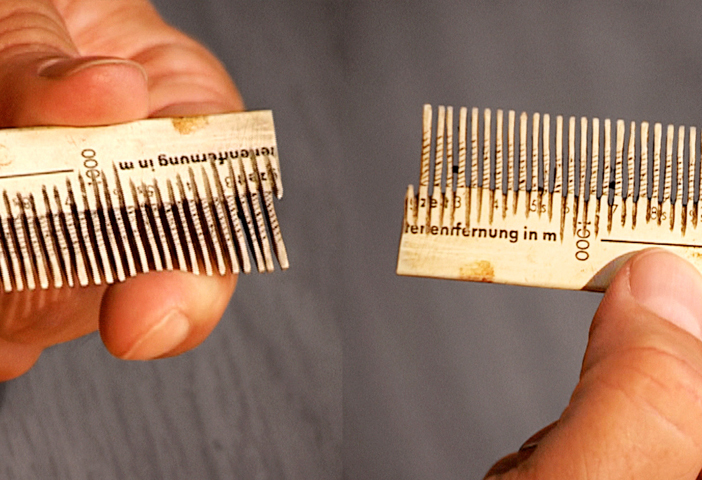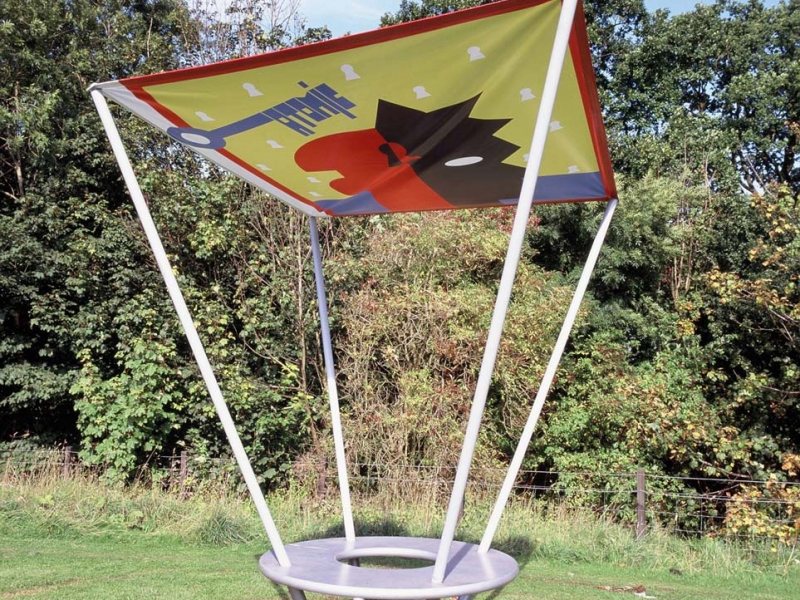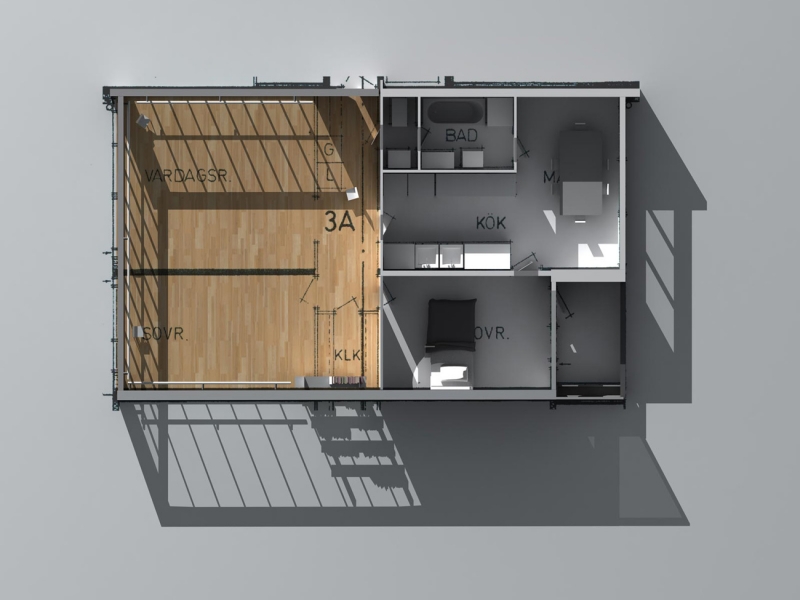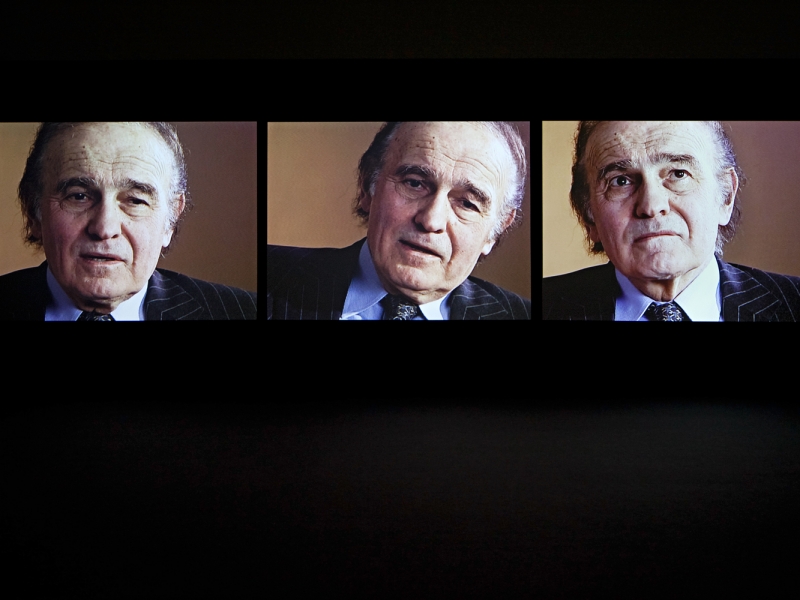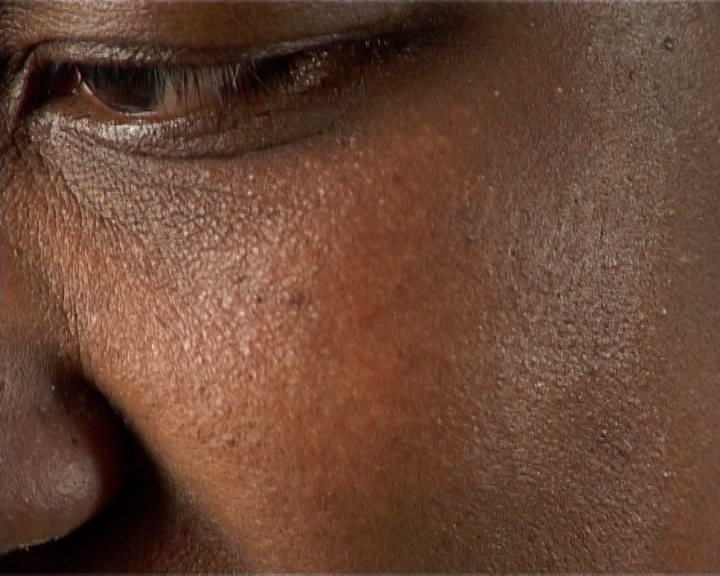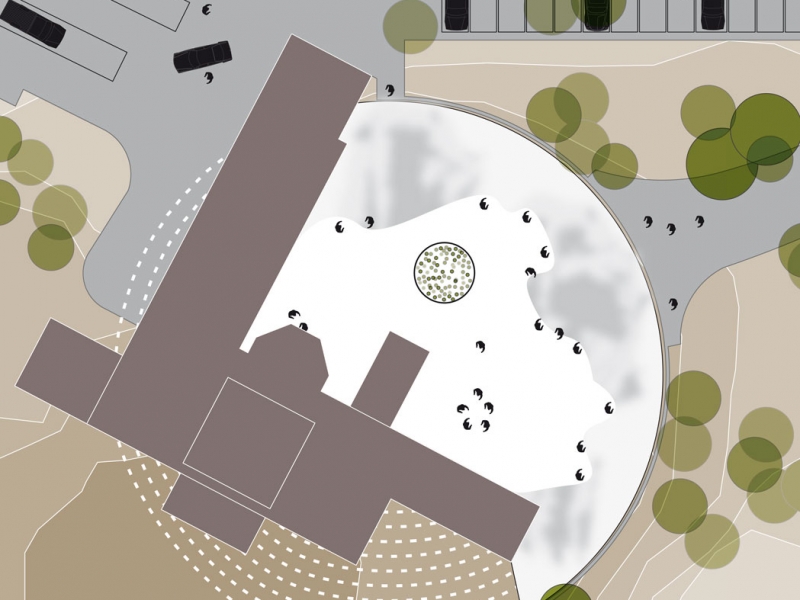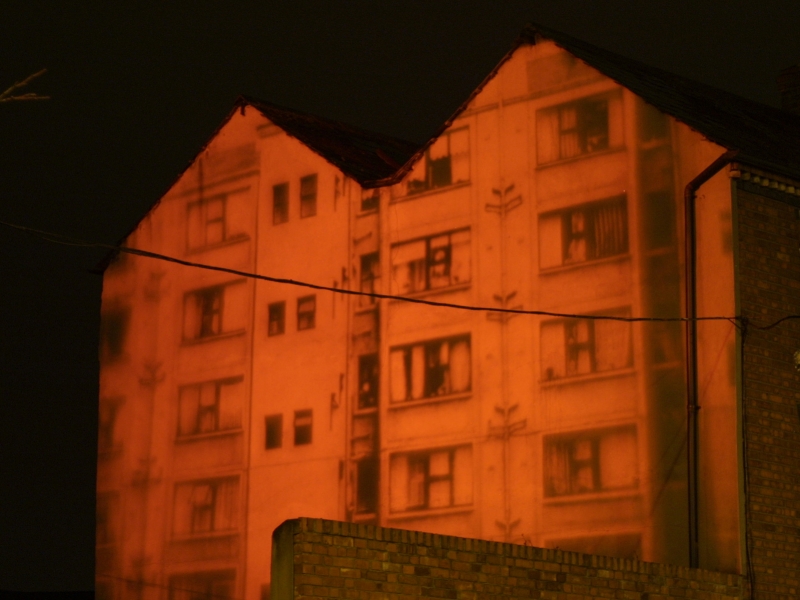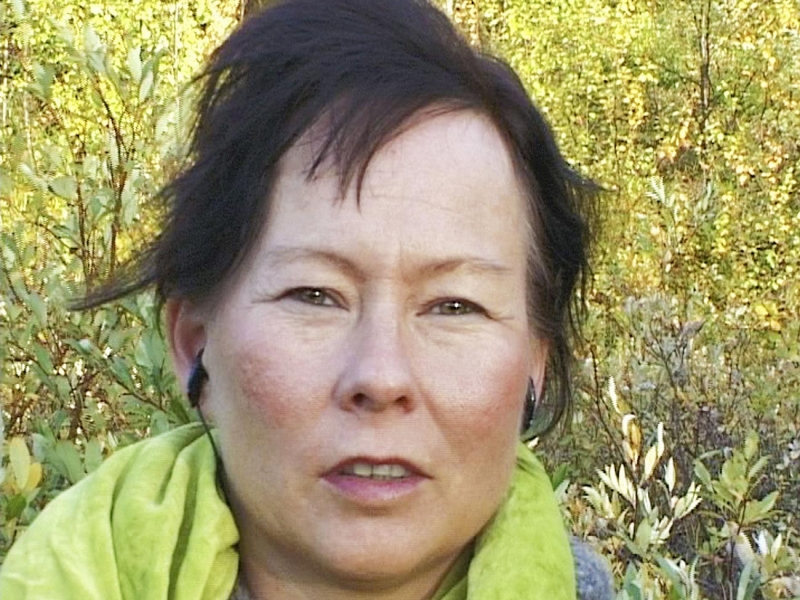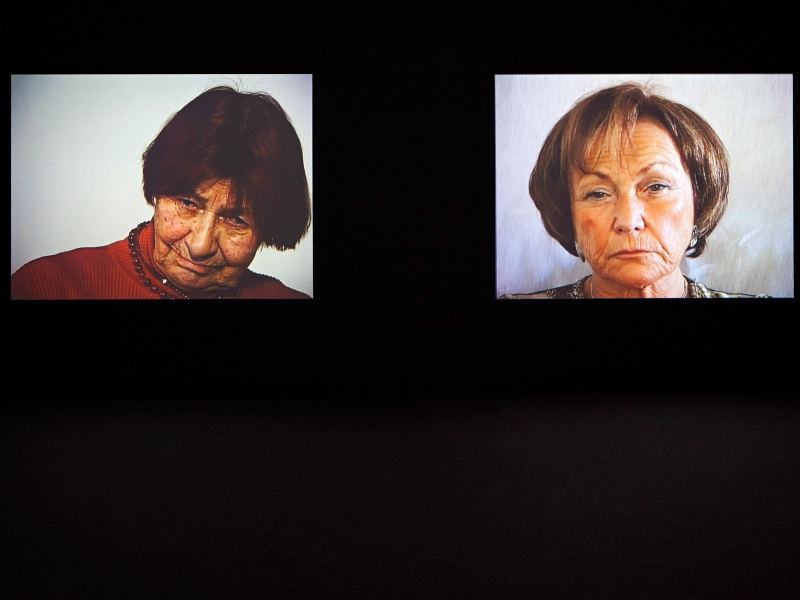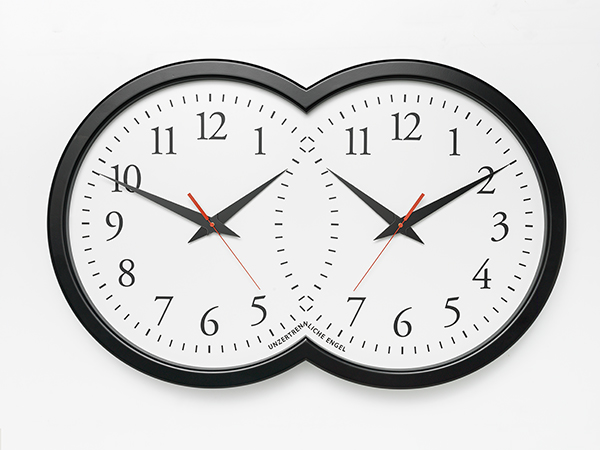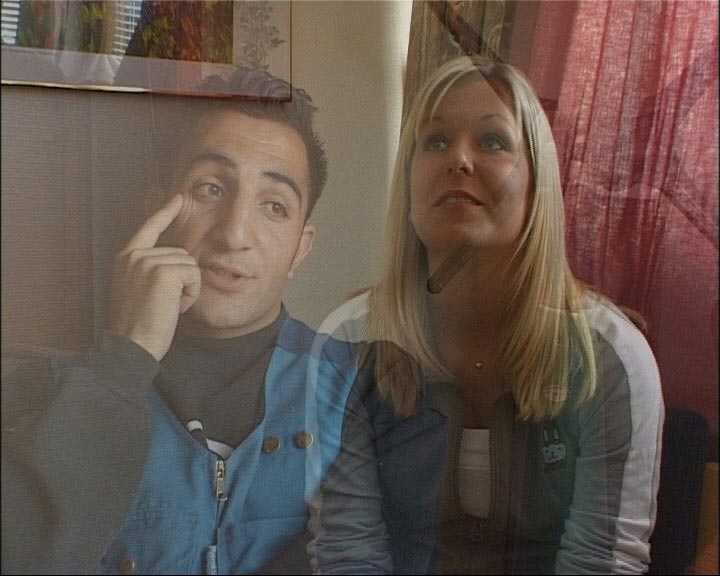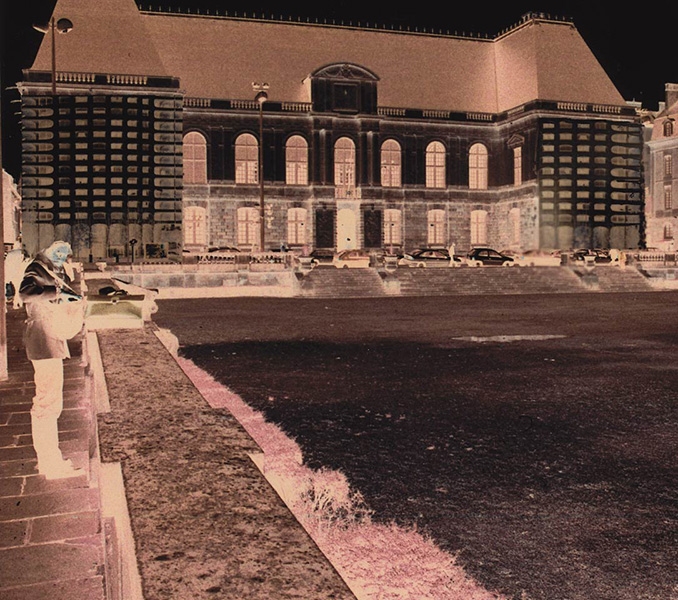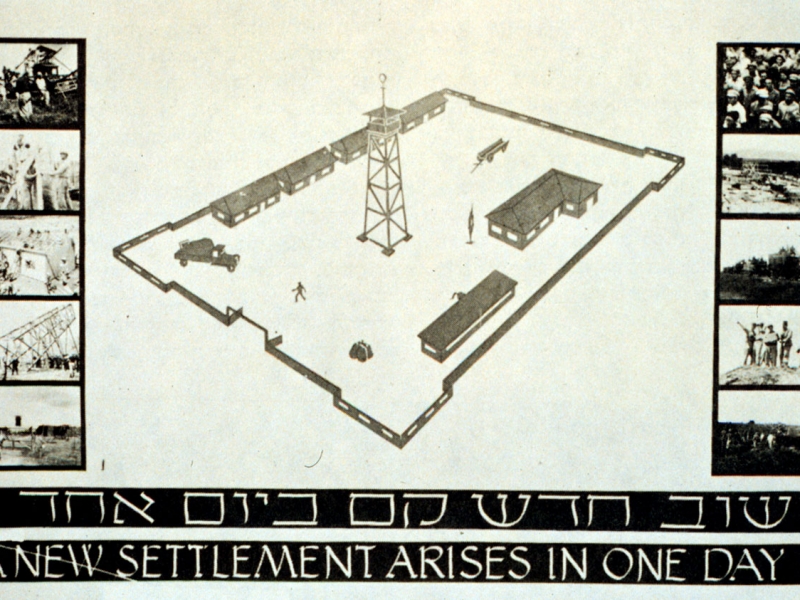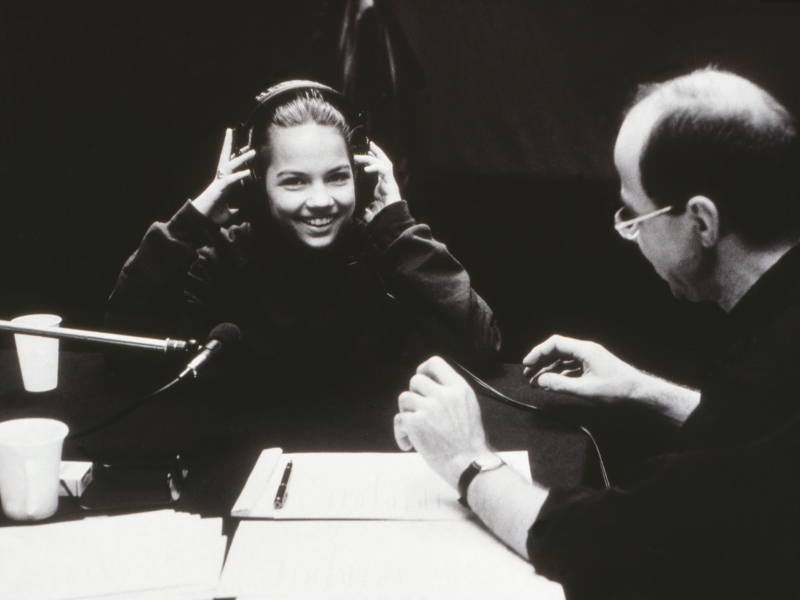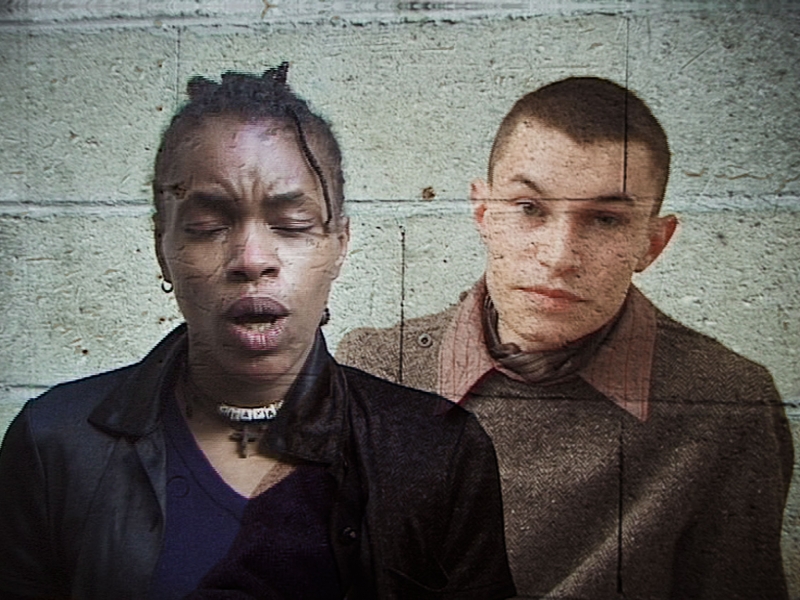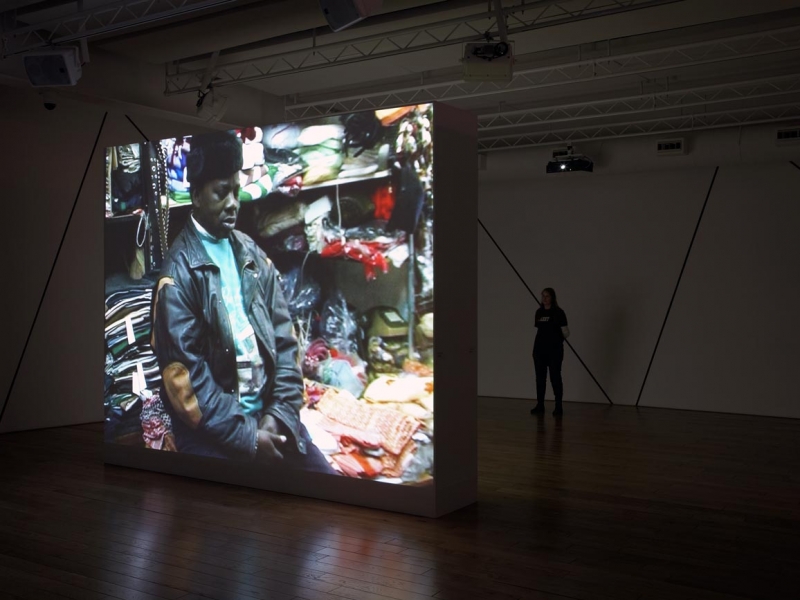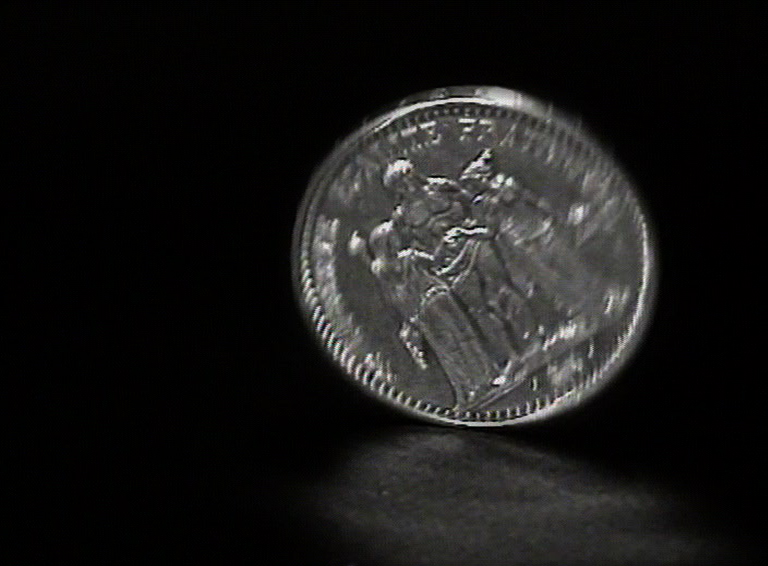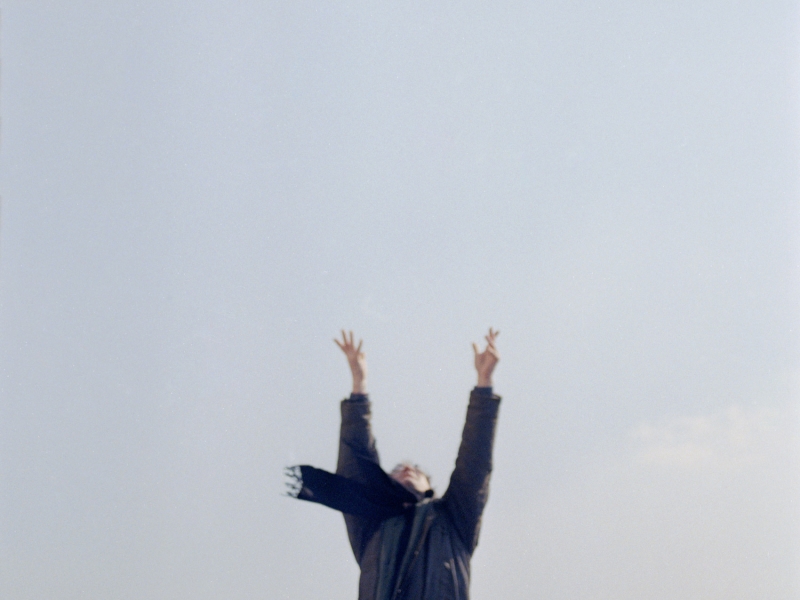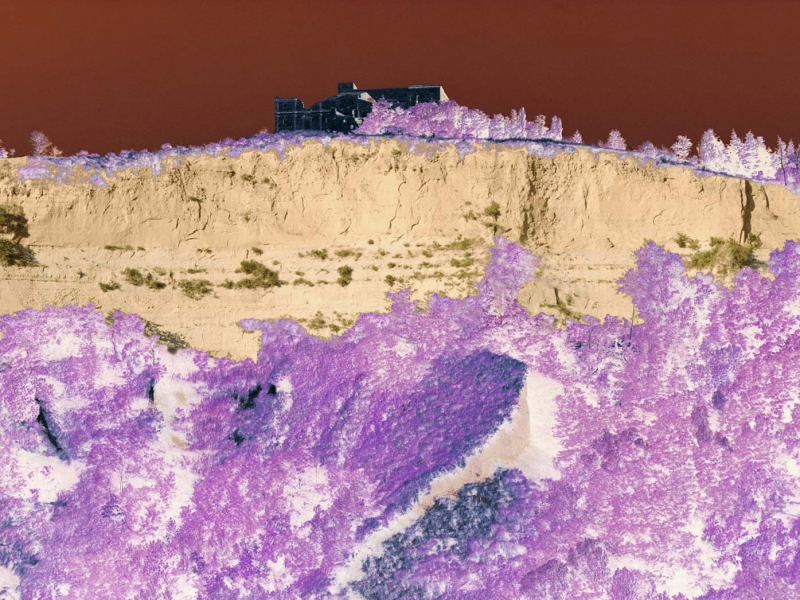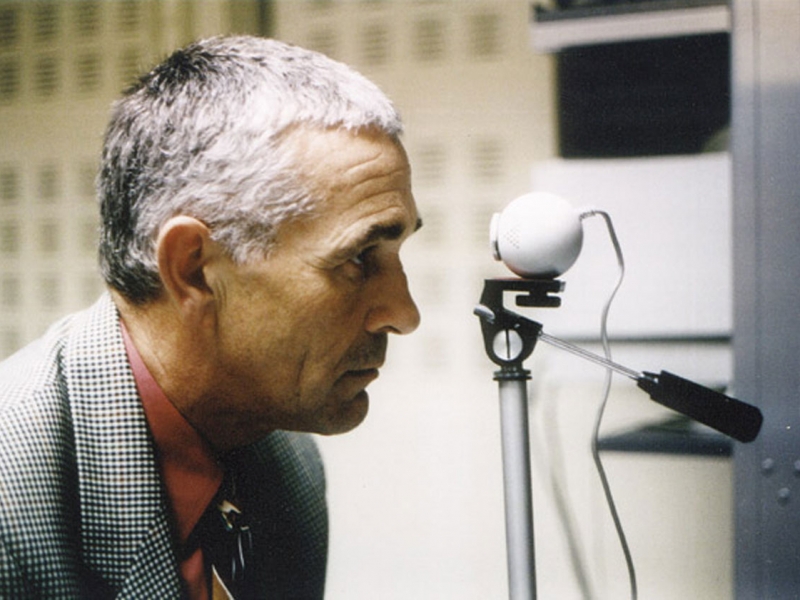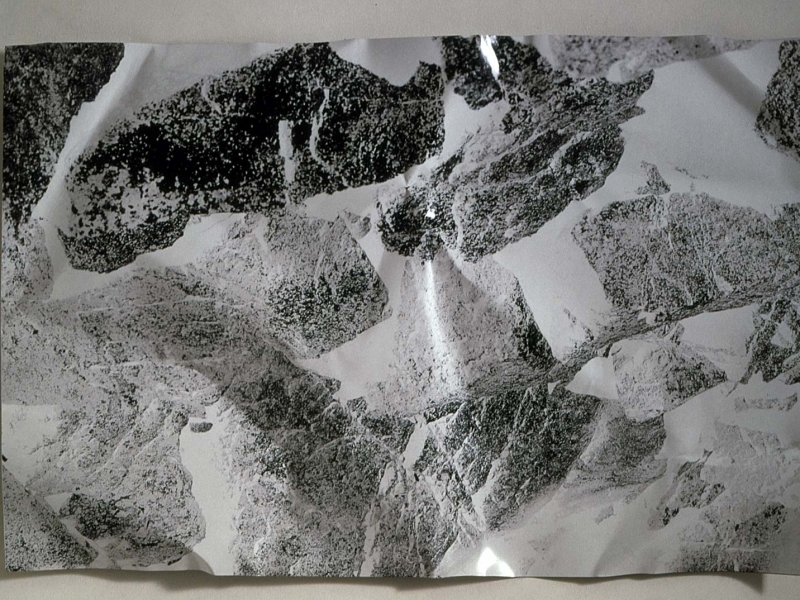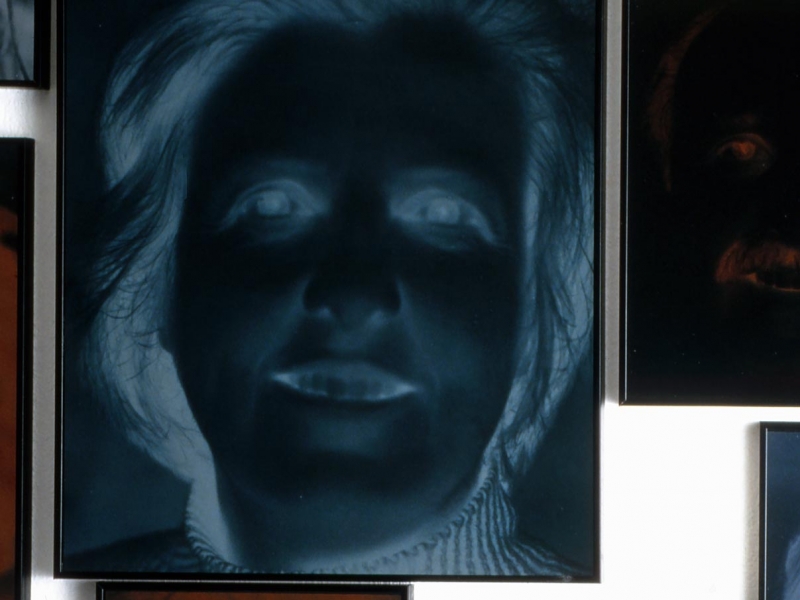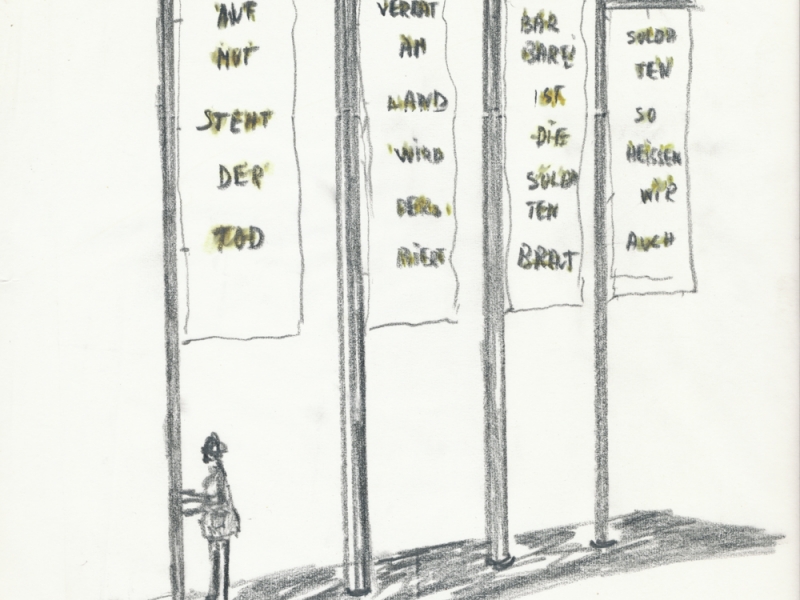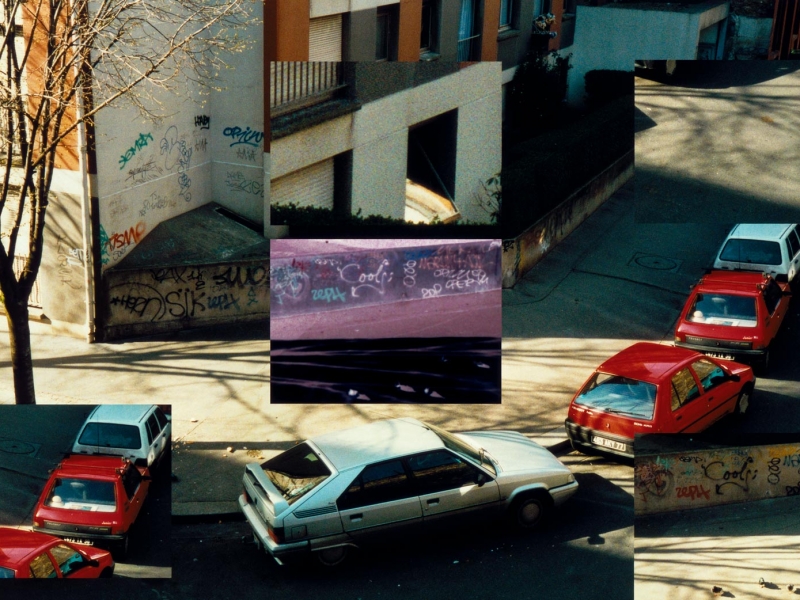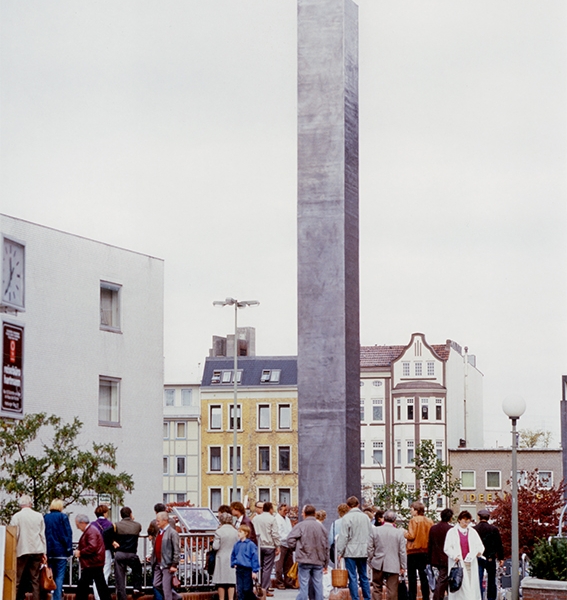JUDENGANG – The Walkway of the Jews
1997 – 2000
Berlin, Germany
Installation
2 Video projections – 132 mn and 5 mn, 43 colour photographs variable dimensions, a table
From 1997 to 2000 Esther Shalev-Gerz developed Judengang – The Walkway of the Jews. Dating from the 19th century a condemned passage of the same name runs beside an ancient Jewish cemetery in Prenzlauer Berg, Berlin. 400 metres long and 7 metres wide it runs between the cemetery wall and the backyards of the apartment buildings of Kollwitzstrasse. The Judengang was being used by local residents as a dumping ground and had become a no-mans’ land. Apparently Jews were forbidden to access the cemetery by the main entrance as the public was disturbed by the sight of the funeral processions.
On video Esther Shalev-Gerz invited residents to imagine a new use for the Judengang, catalysing dialogue about the histories of places and property rights. In a video projection 53 residents expressed their thoughts and feelings about the Judengang. 44 photographic double-portraits were captured from the video. Simultaneously to the indirect dialogue between participants a looped silent film was shown of the Judengang throughout the changing of seasons. Following Shalev-Gerz’s intervention the exhibition space was used also by residents in order to further dialogue and make a concrete decision of how to progress and give the Judengang a future.
JUDENGANG / LE PASSAGE DES JUIFS
1997-2000
Berlin, Allemagne
Installation
2 projections vidéo, 132 min et 5 min, 43 photographies en couleurs, dimensions variables, 1 table
Le projet Judengang – Le passage des Juifs a été élaboré par Esther Shalev-Gerz de 1997 à 2000. Datant du 19ème siècle, un passage condamné portant le même nom longe un ancien cimetière juif à Prenzlauer Berg, Berlin. Long de 400 mètres et large de 7, il est délimité sur un bord par le mur du cimetière et sur l’autre par les arrière-cours des immeubles d’habitation de la Kollwitzstrasse. On raconte que les Juifs n’avaient pas le droit d’accèder au cimetière par son entrée principale parce que la vue de leurs processions funéraires dérangeait le voisinage. Le Judengang, devenu par la suite un no-man’s land, était utilisé par les résidents comme débarras.
Dans une vidéo, Esther Shalev-Gerz a invité les résidents à exprimer, individuellement, leurs pensées et leurs sentiments à propos du Judengang et à imaginer un nouvel usage pour ce dernier. Cela a fait émerger un questionnement en commun à propos des histoires des lieux et des droits de propriété. 44 double-portraits photographiques ont été capturés dans la vidéo. Simultanément au dialogue indirect entre les 53 participants était projeté en boucle un film muet montrant le Judengang suivant le passage des saisons. A la suite de l’intervention de Shalev-Gerz, le lieu d’exposition a été réutilisé par les habitants dans le but de prolonger le dialogue et de prendre une décision concrète sur l’avenir du Judengang.


